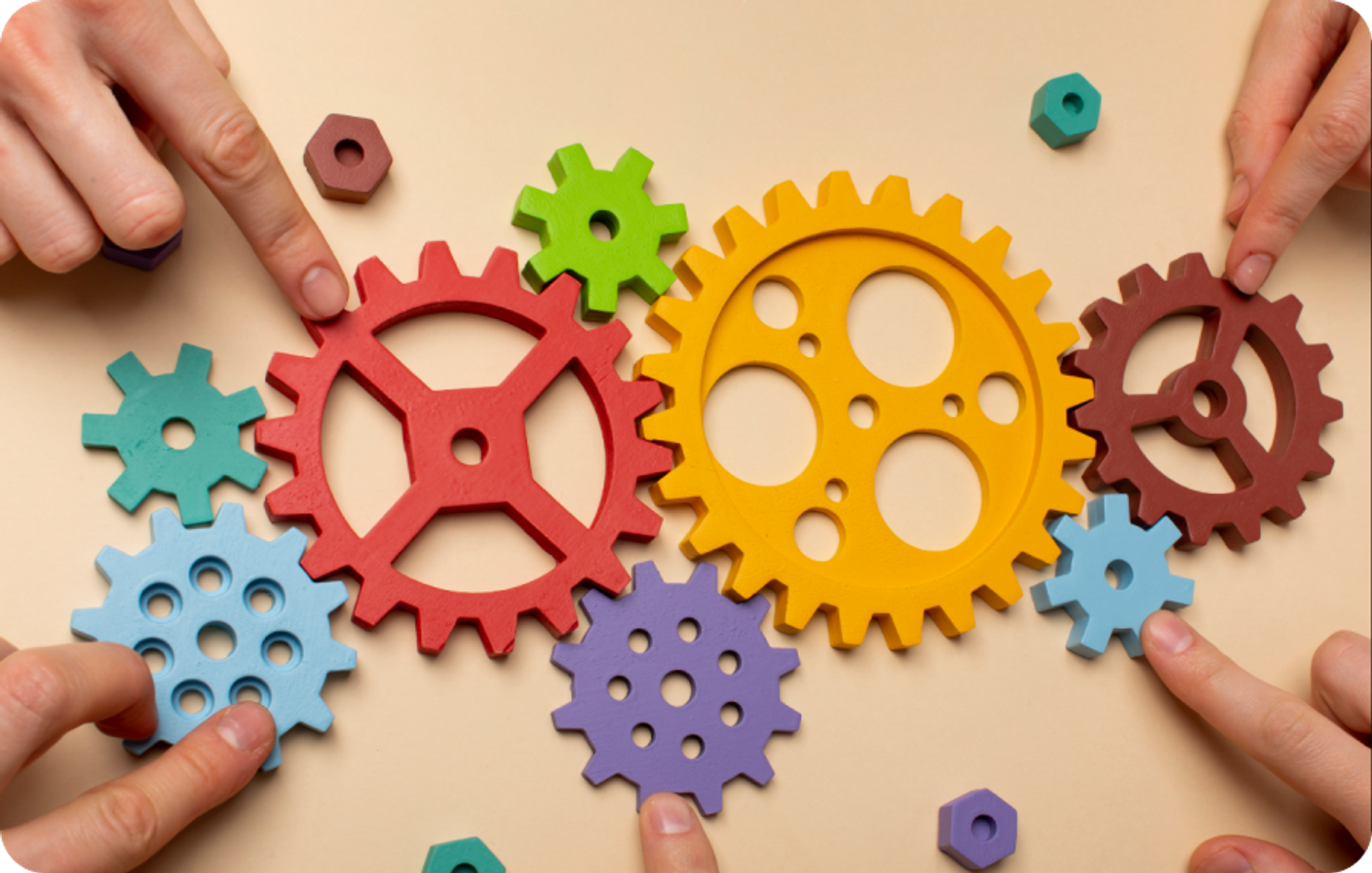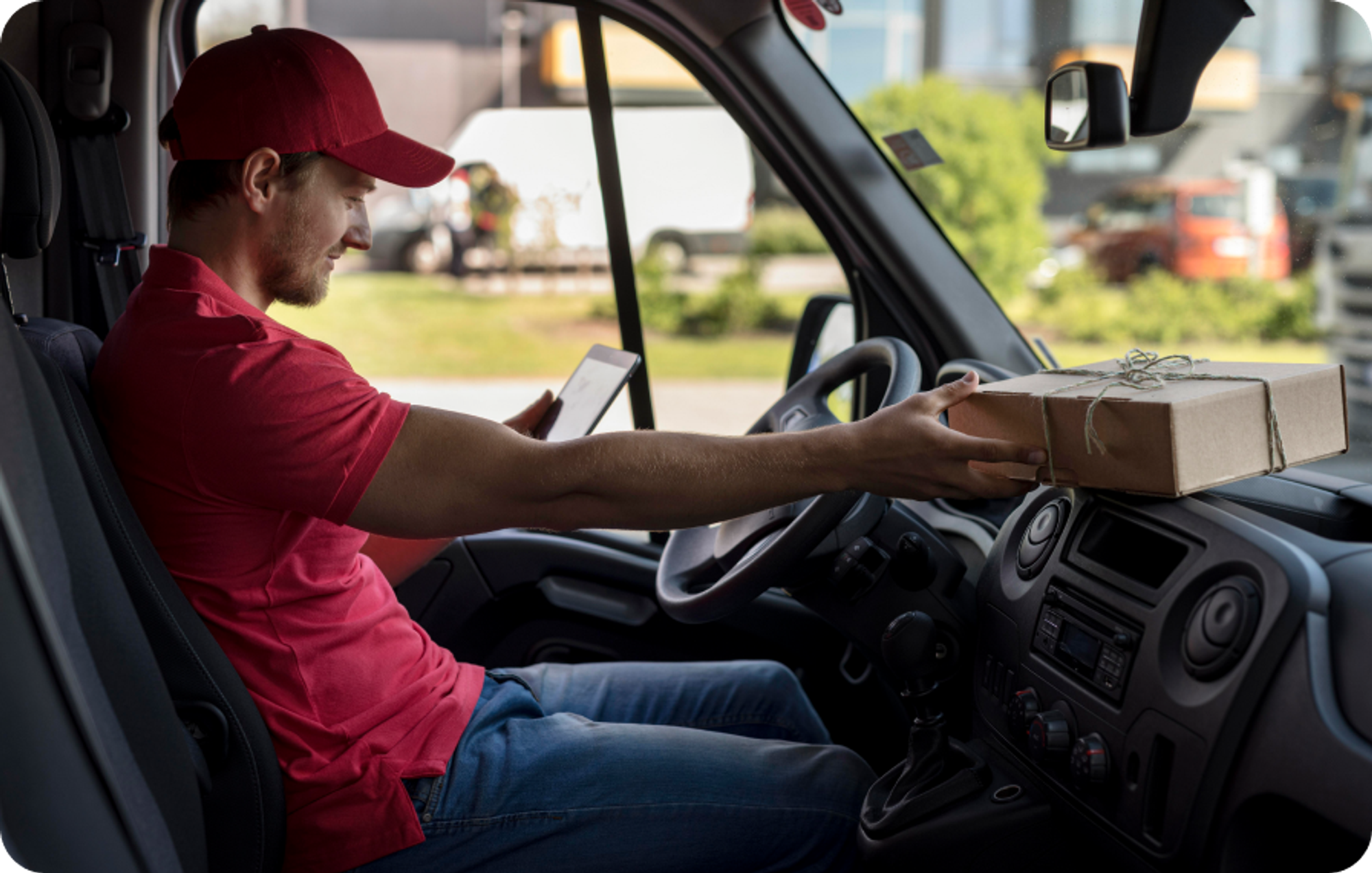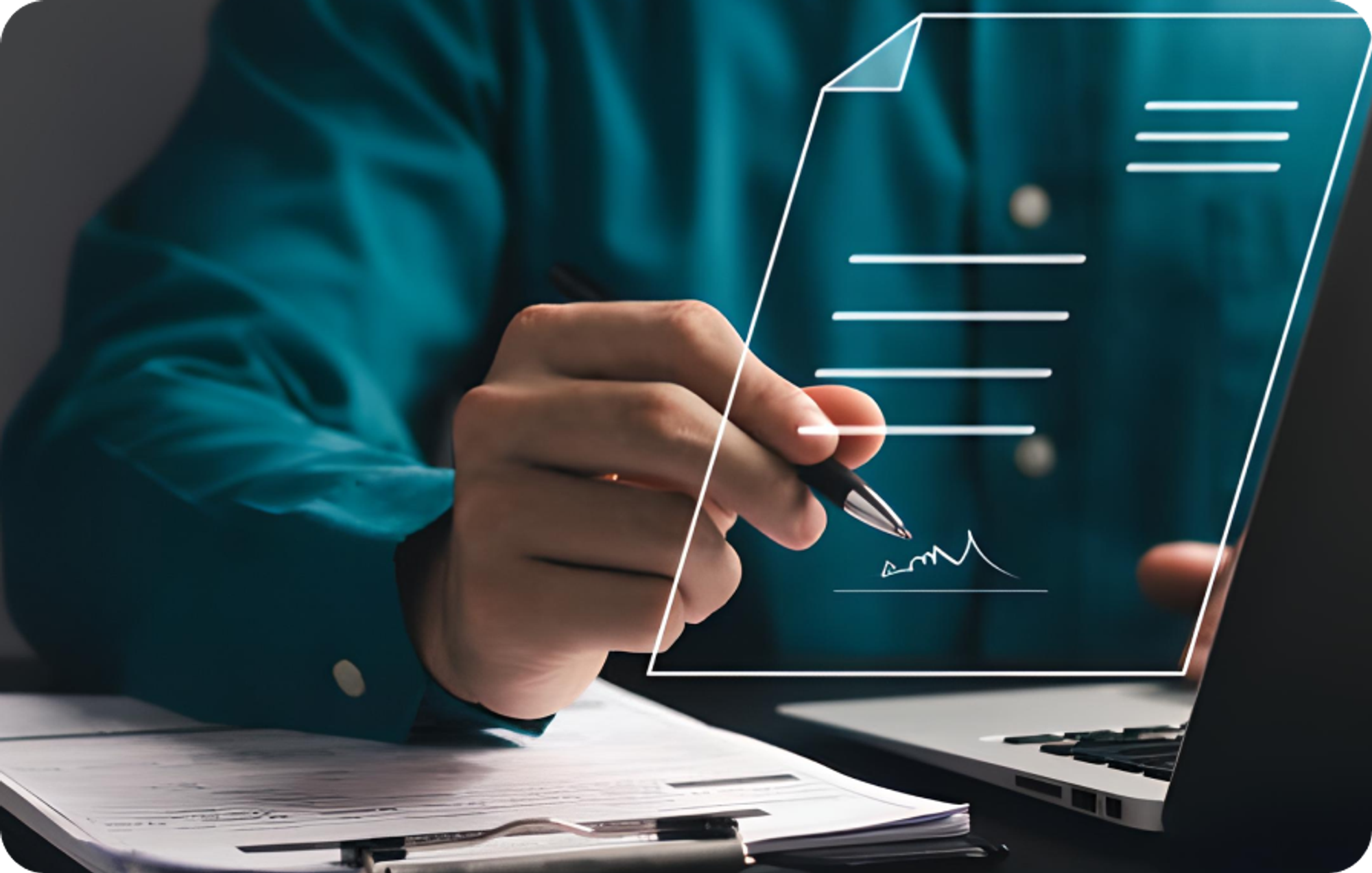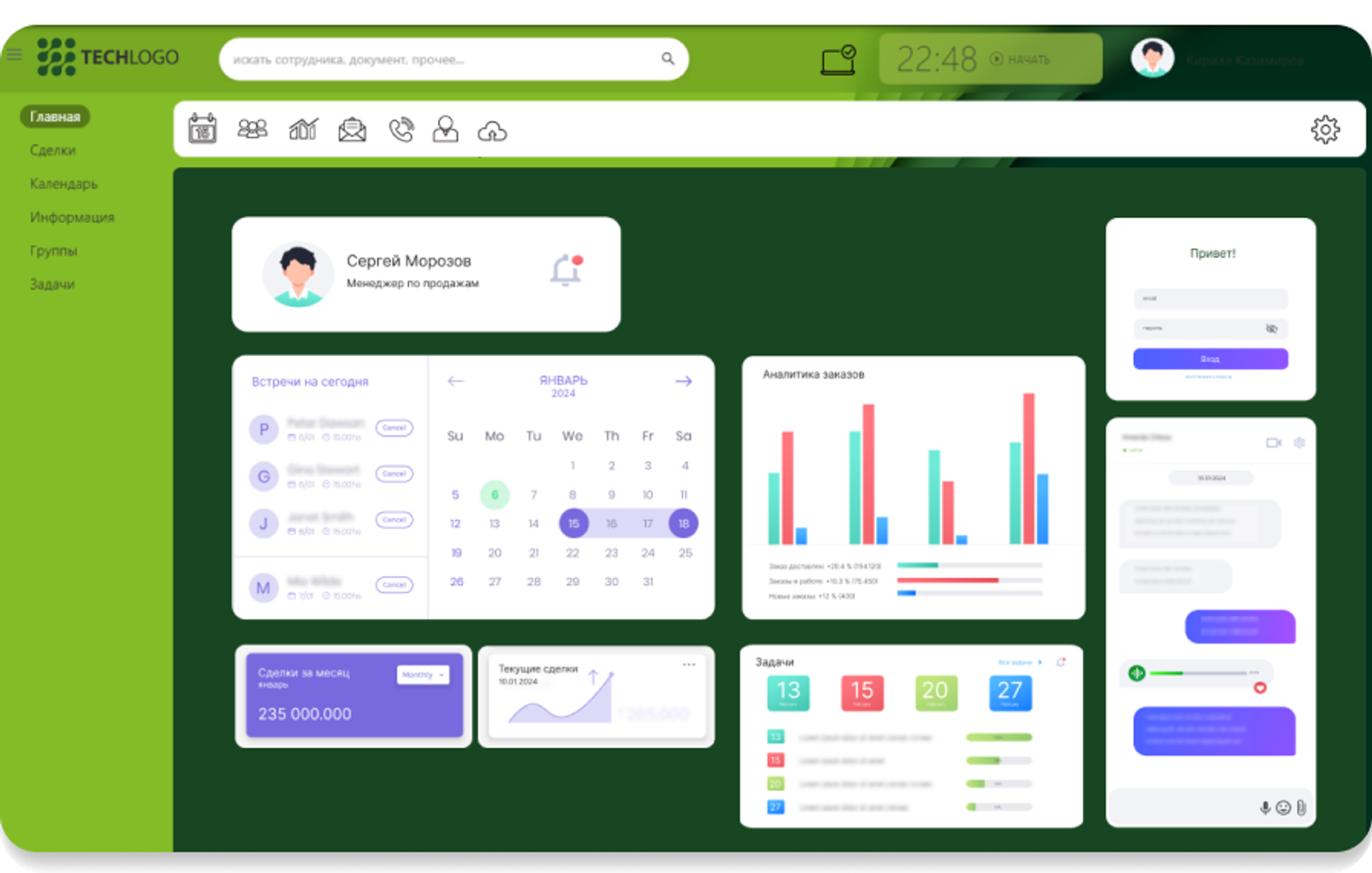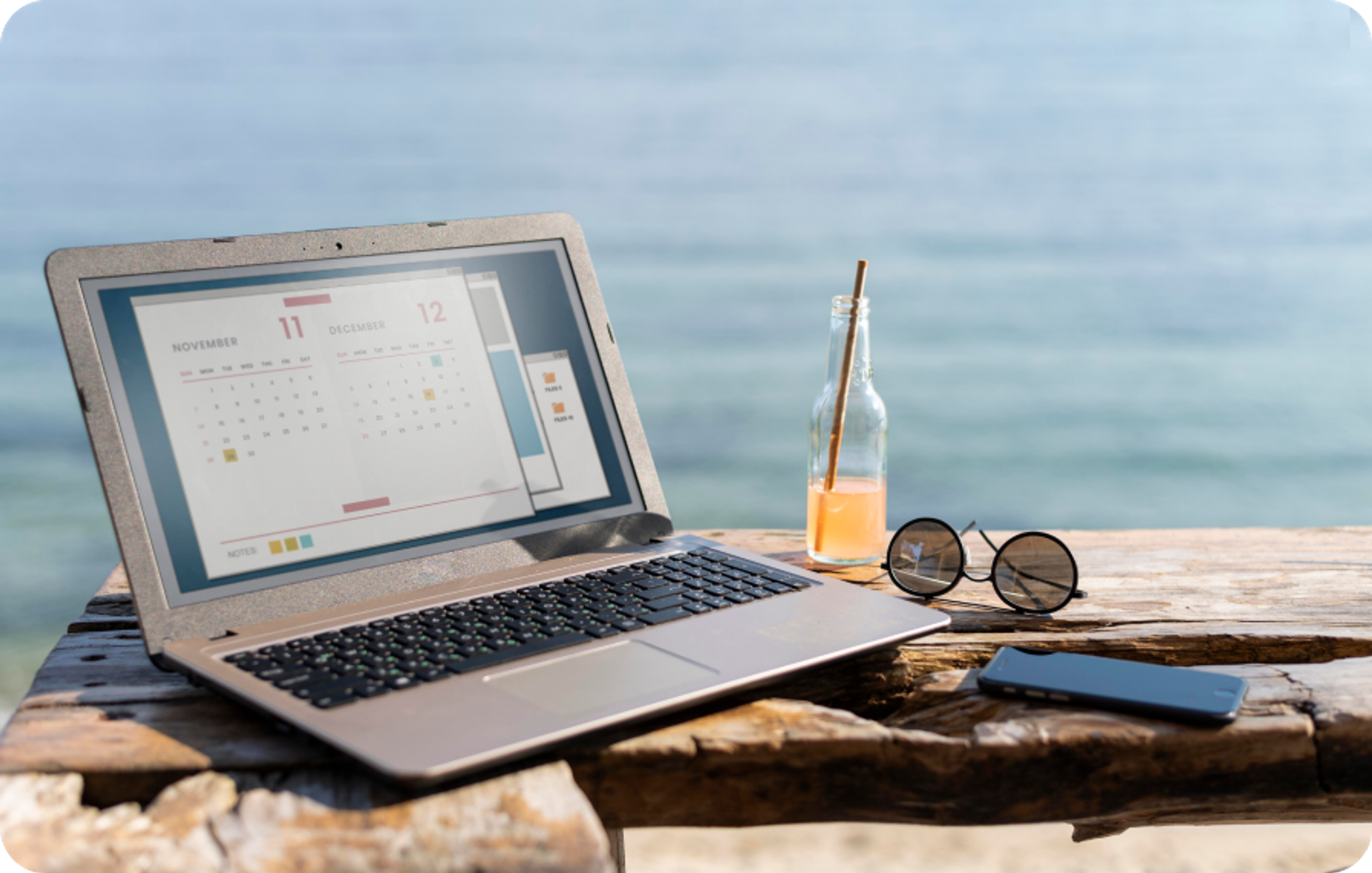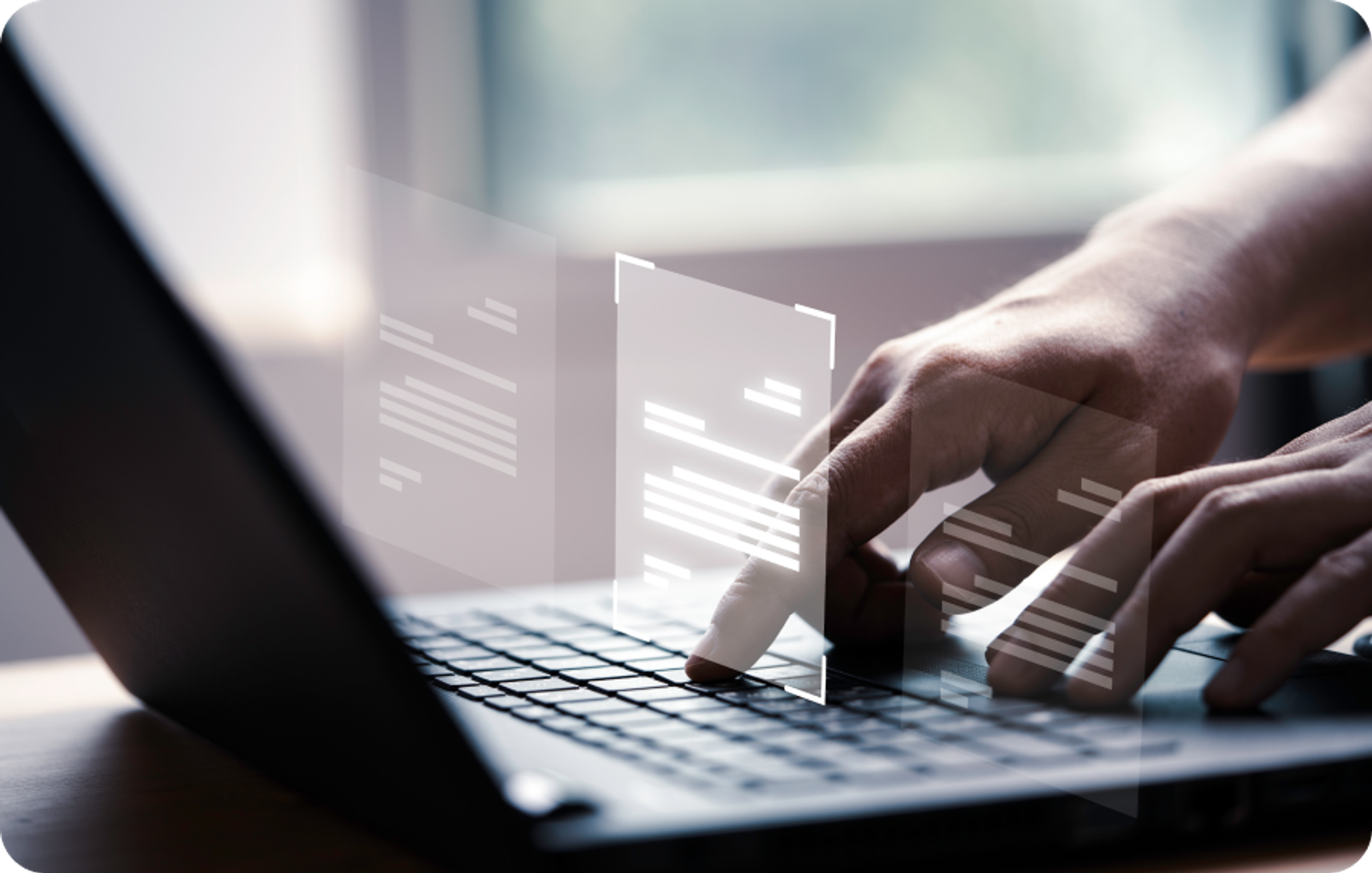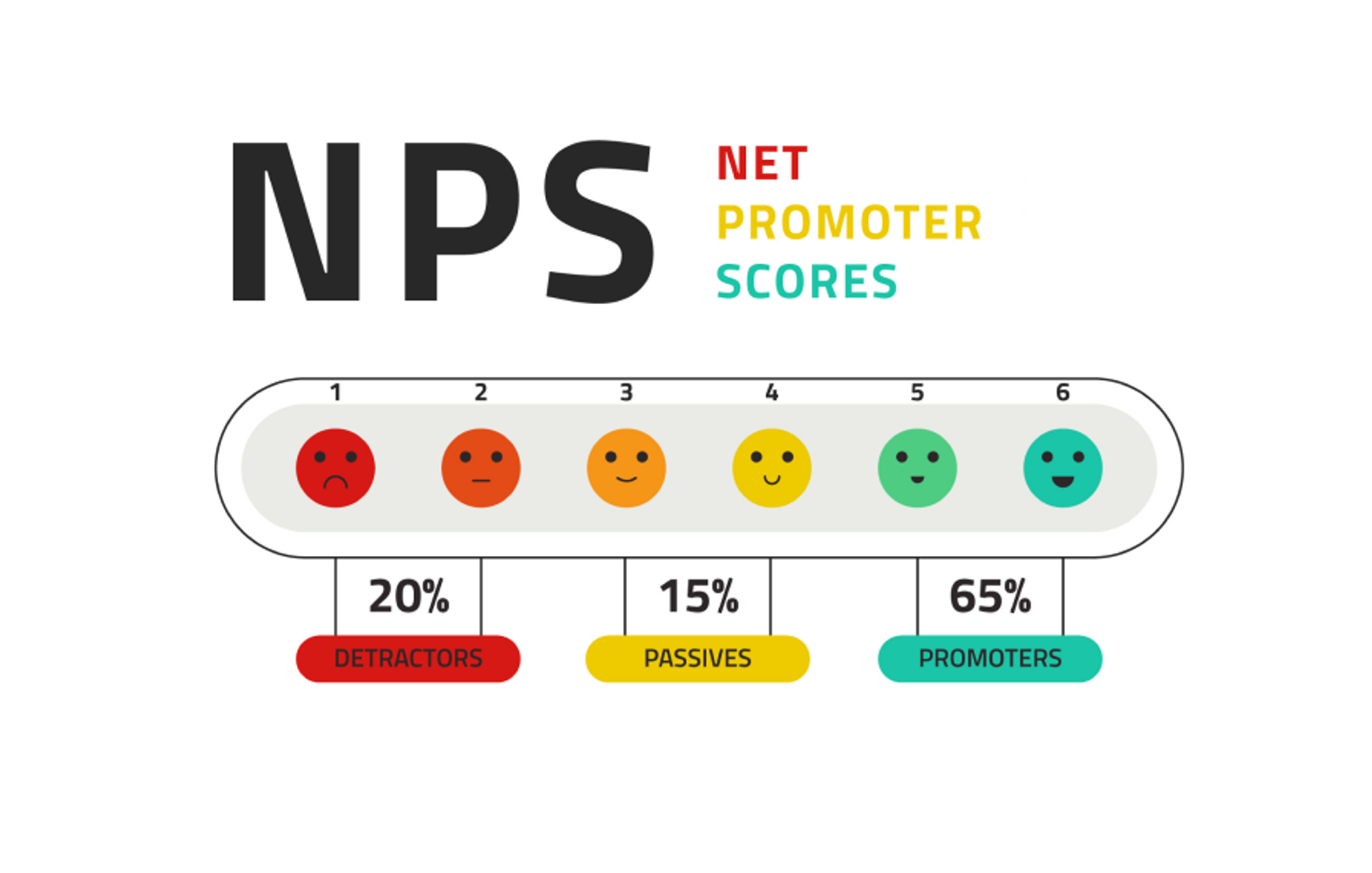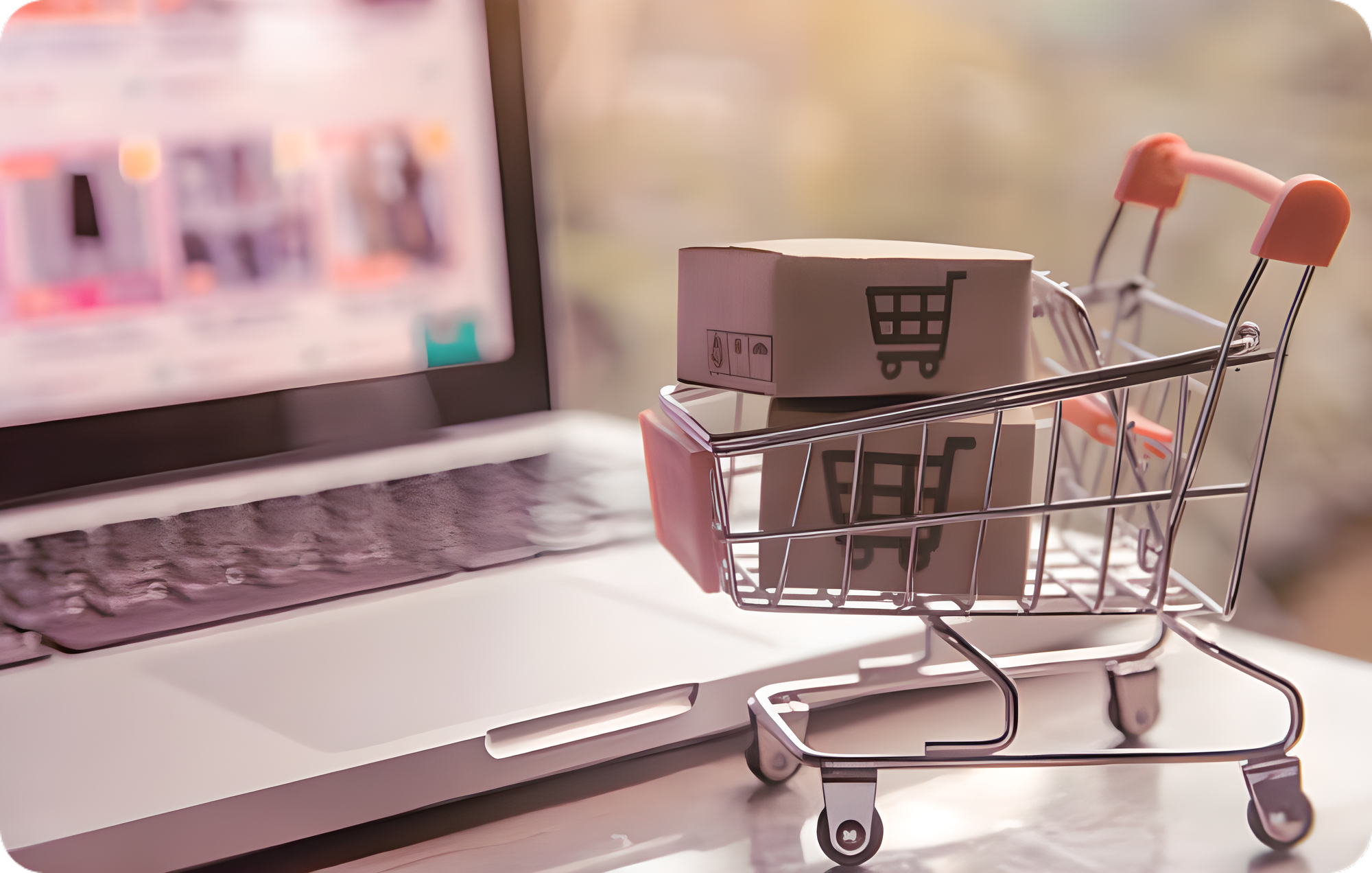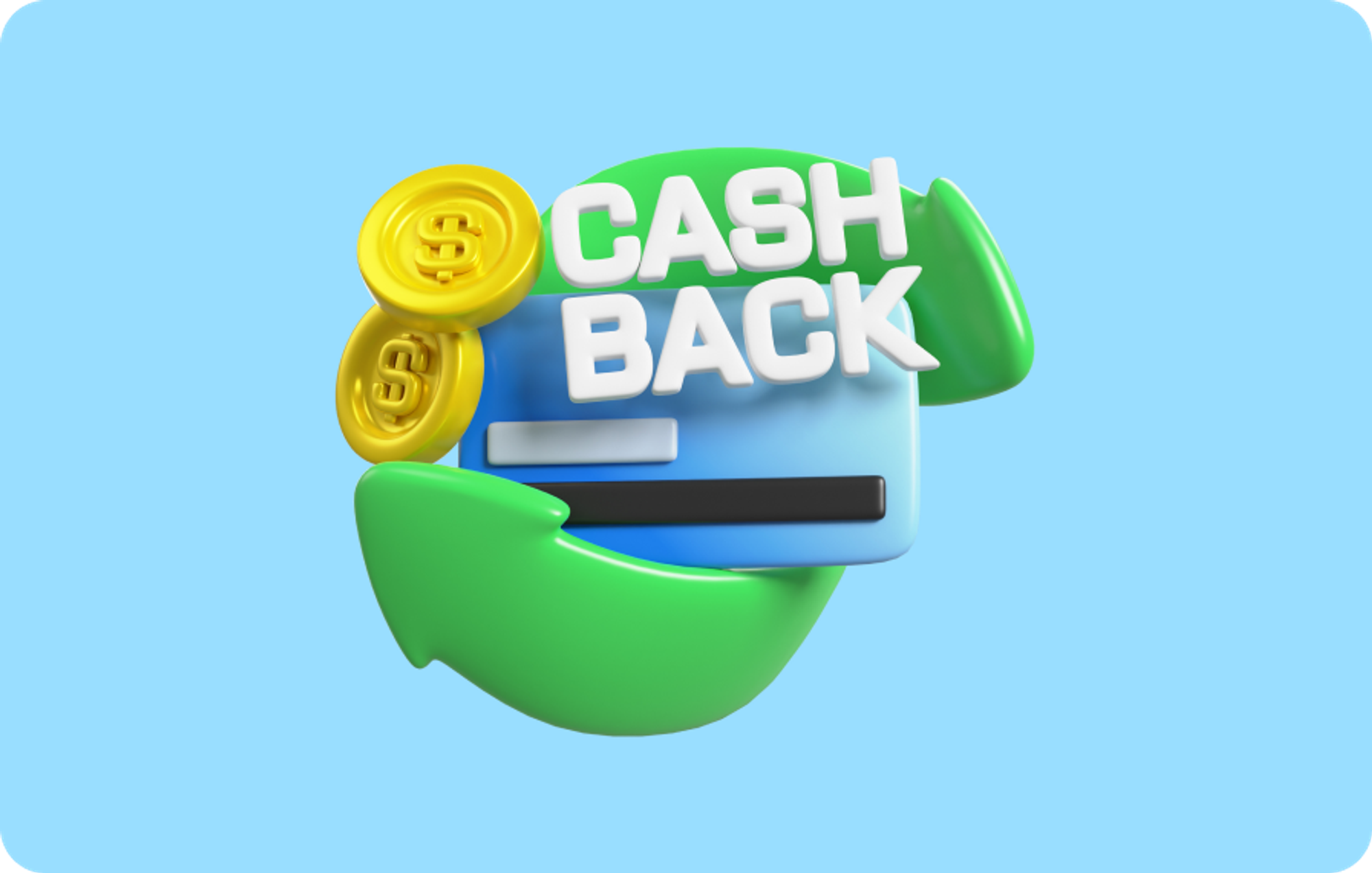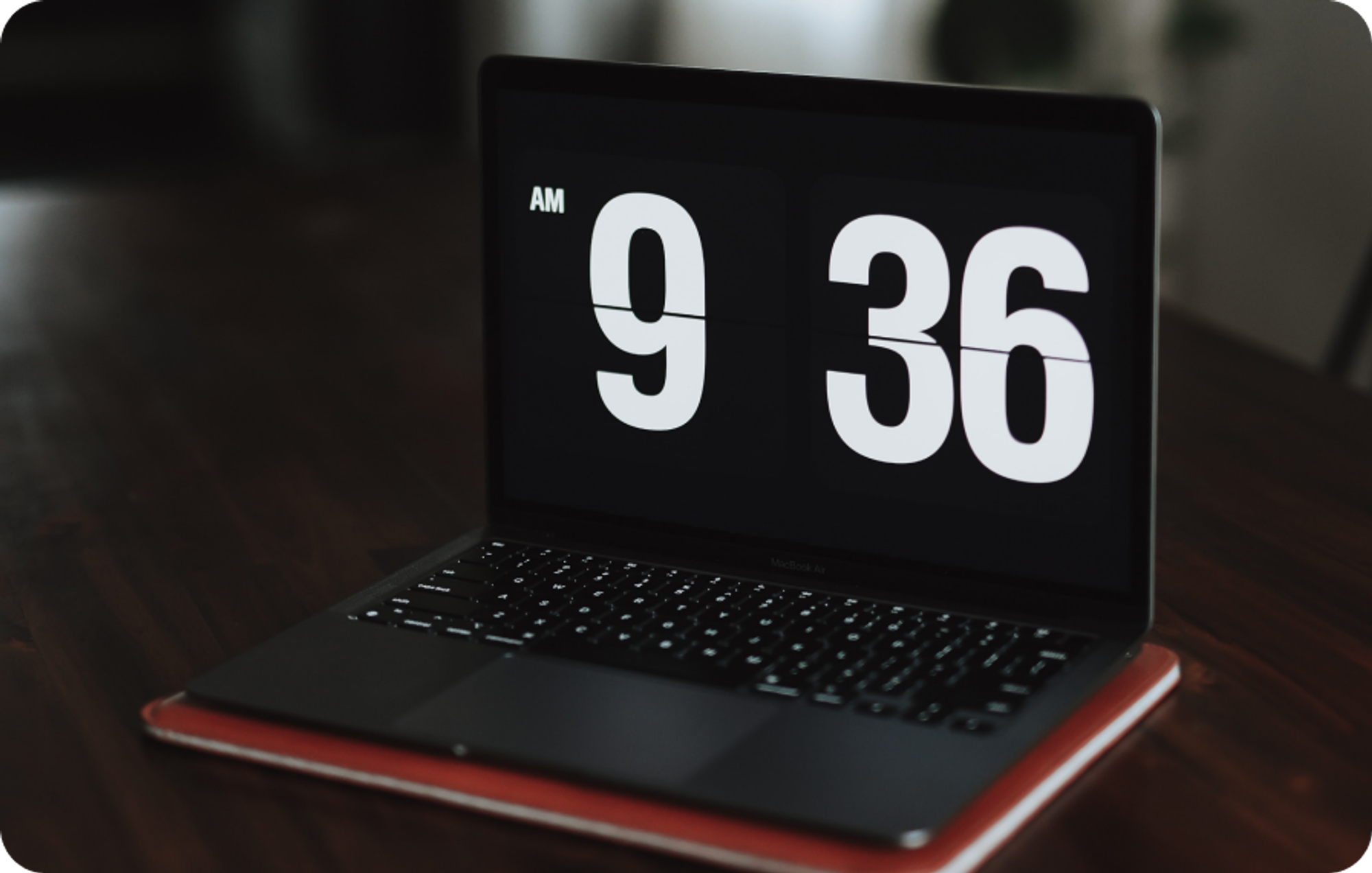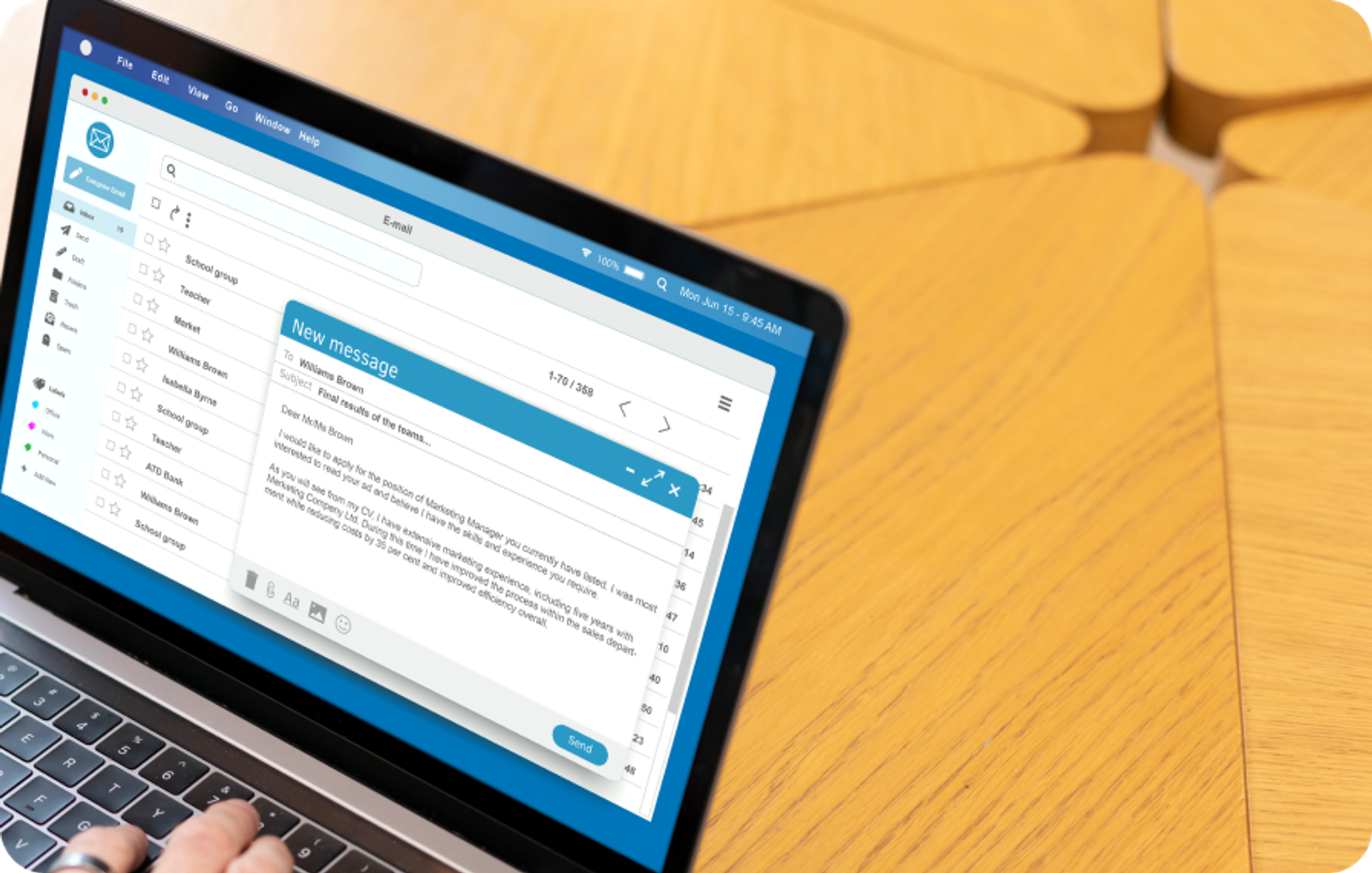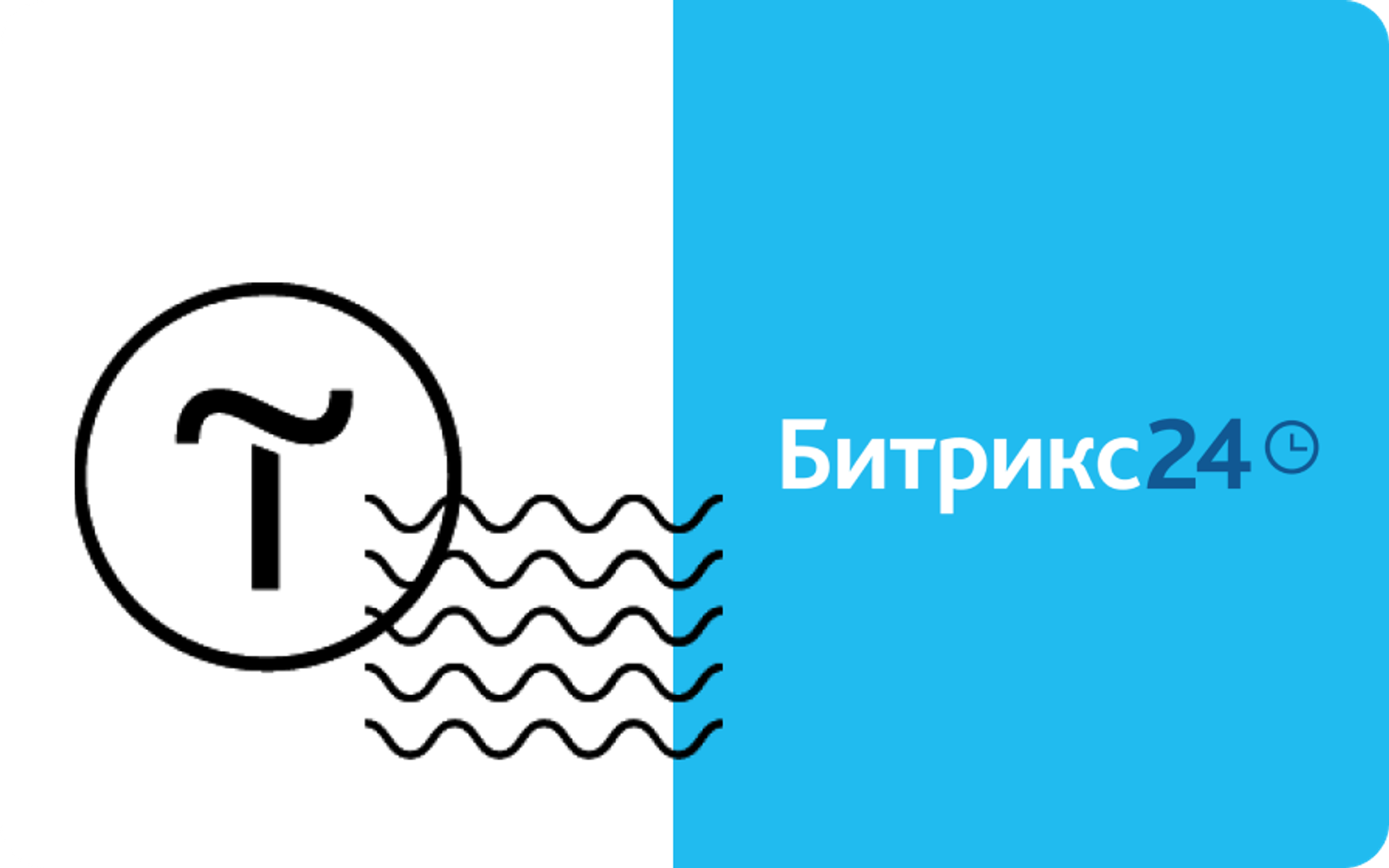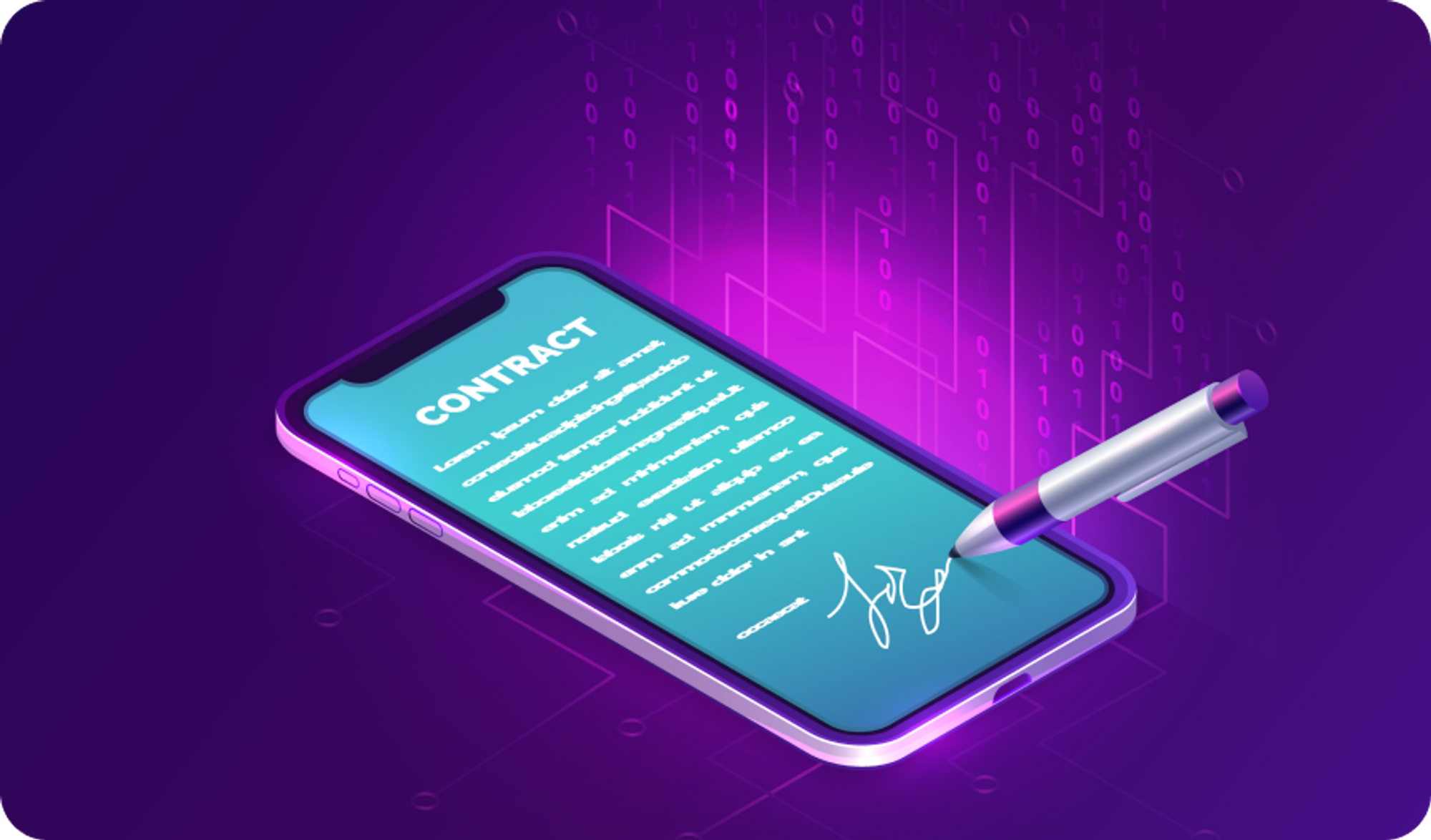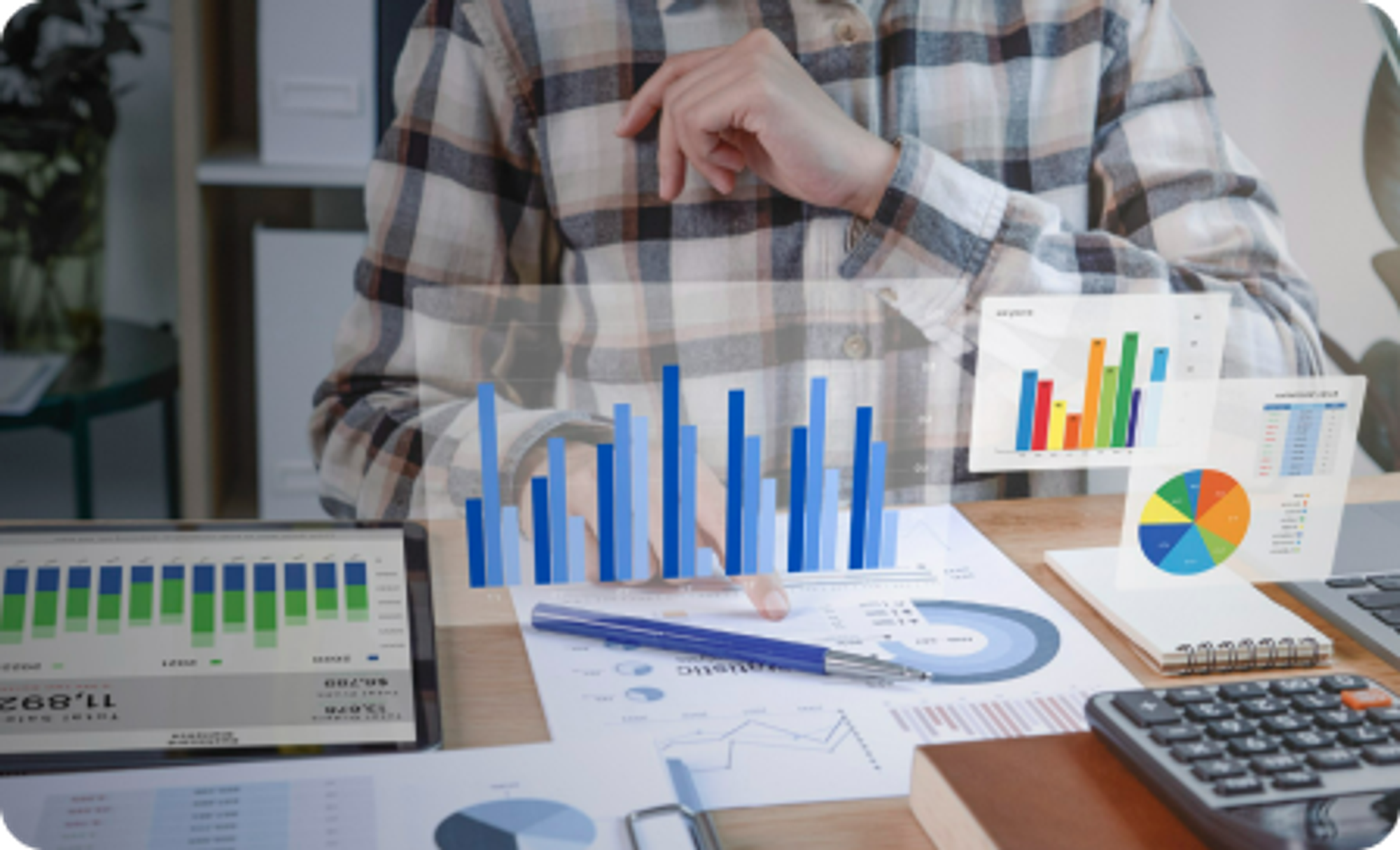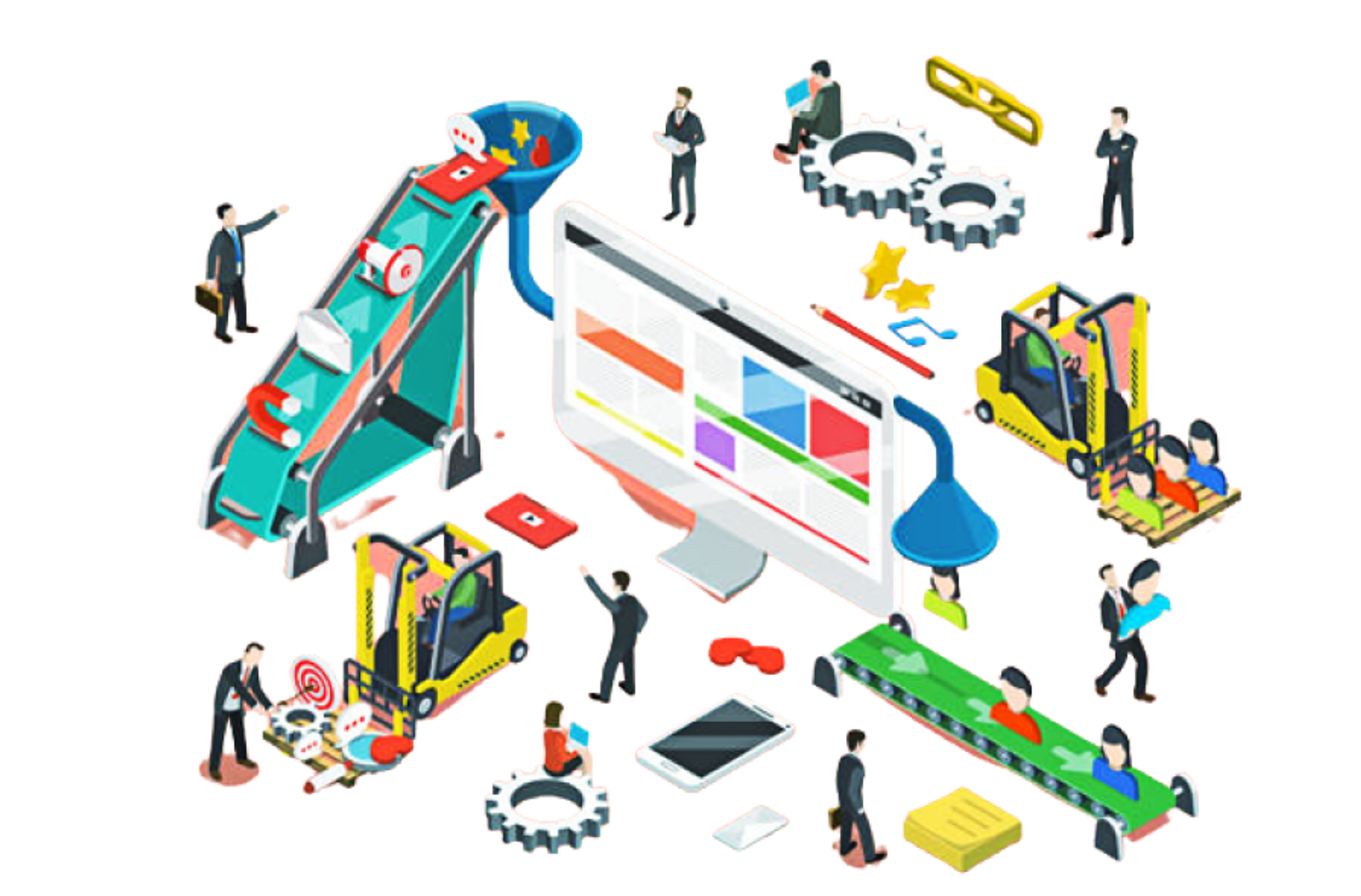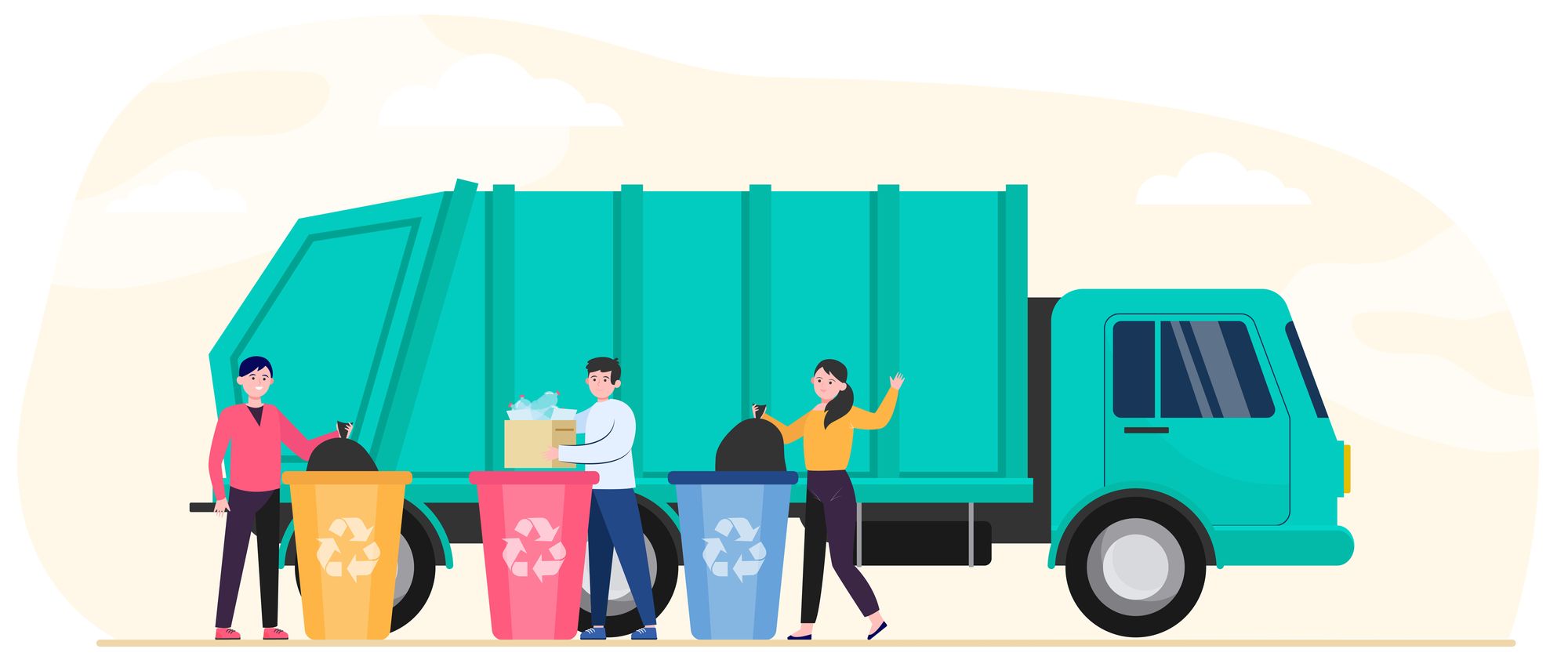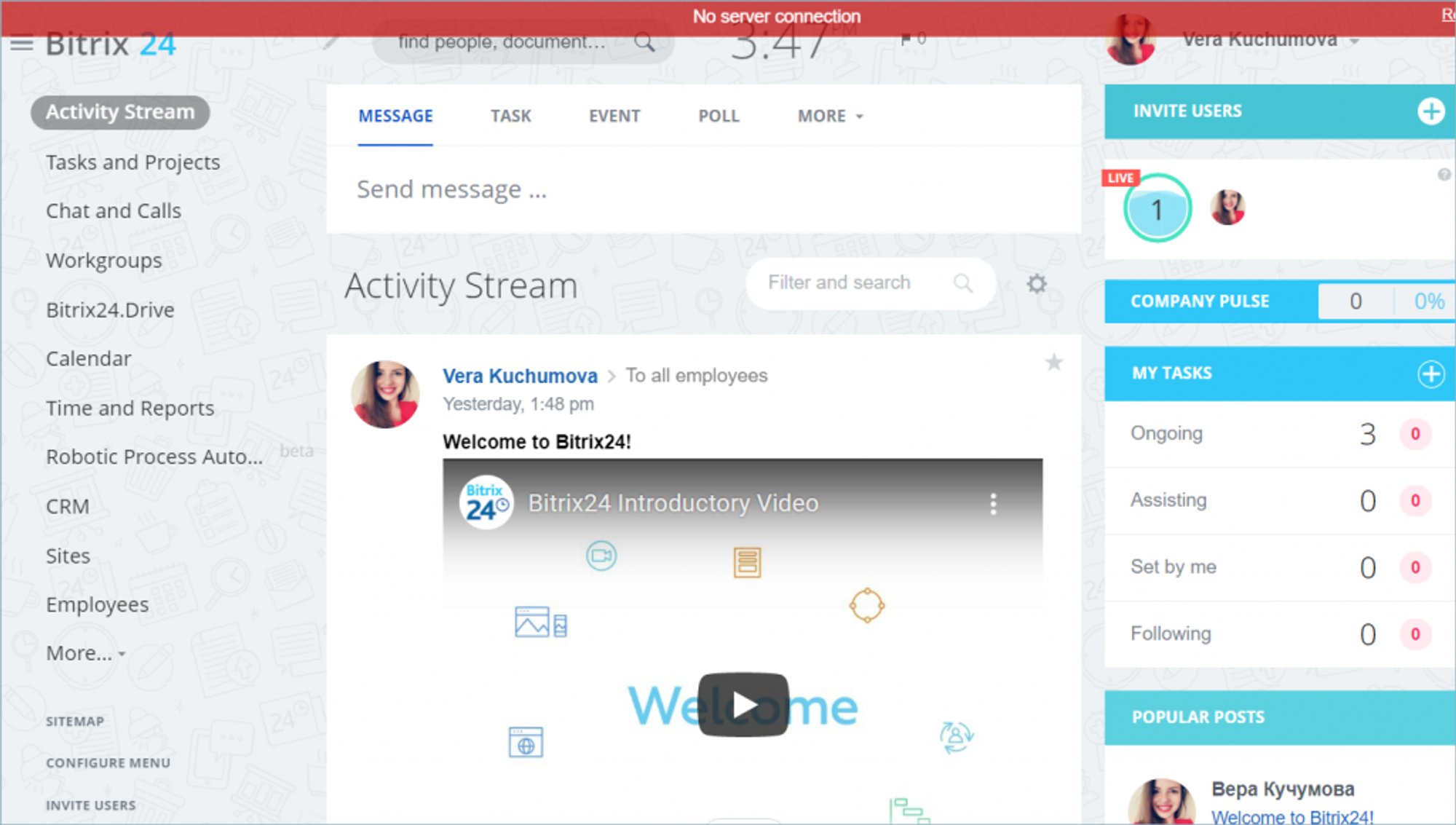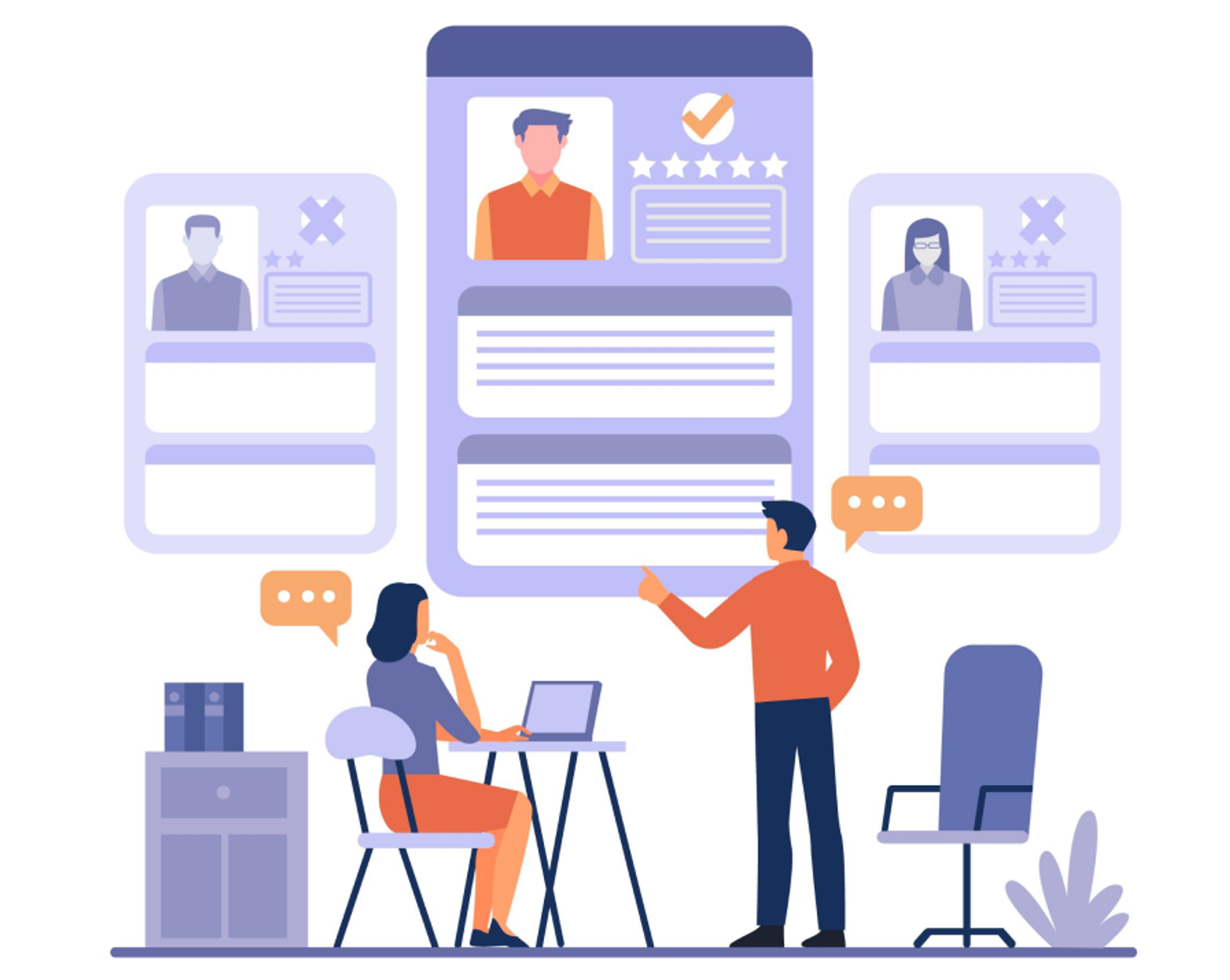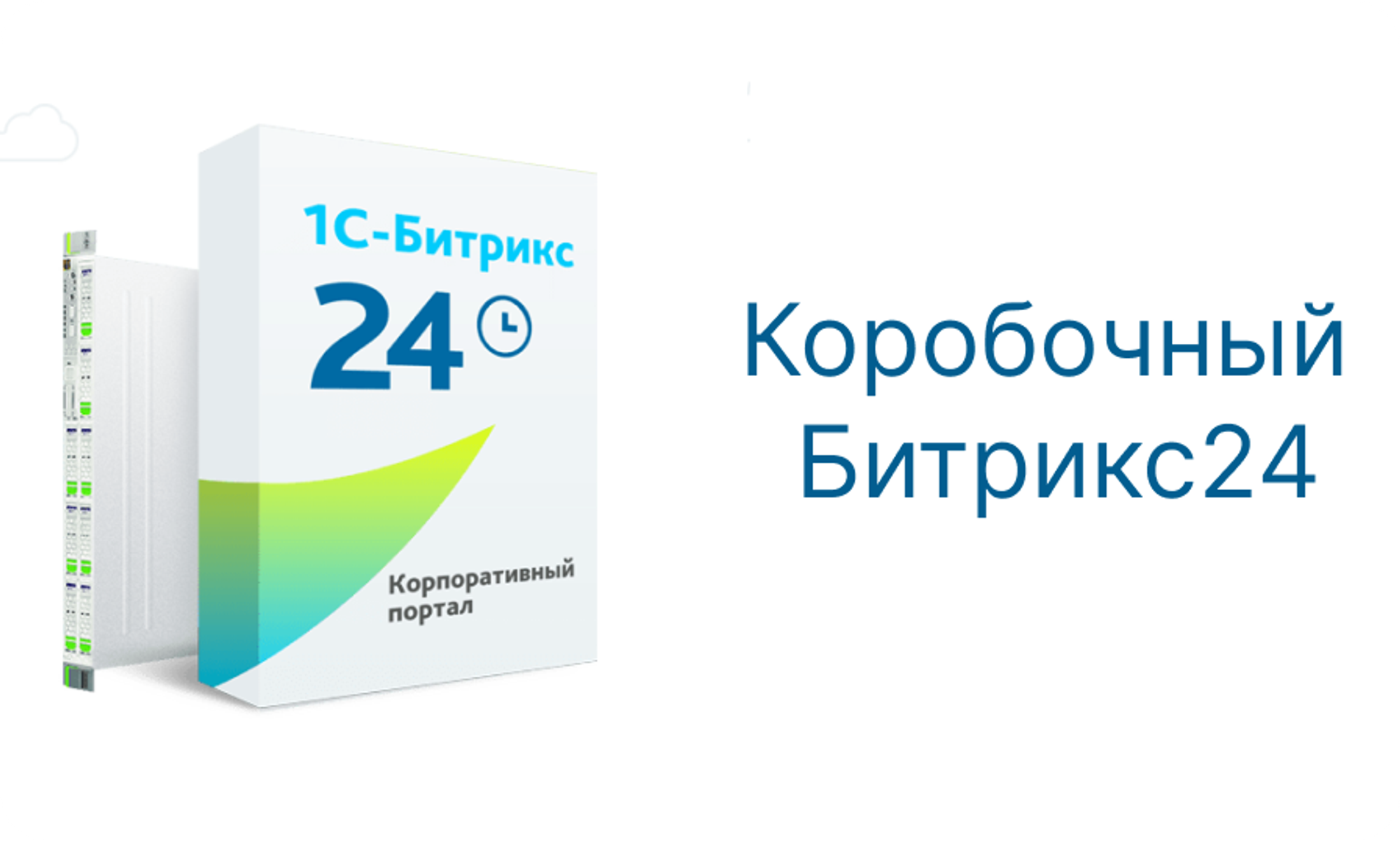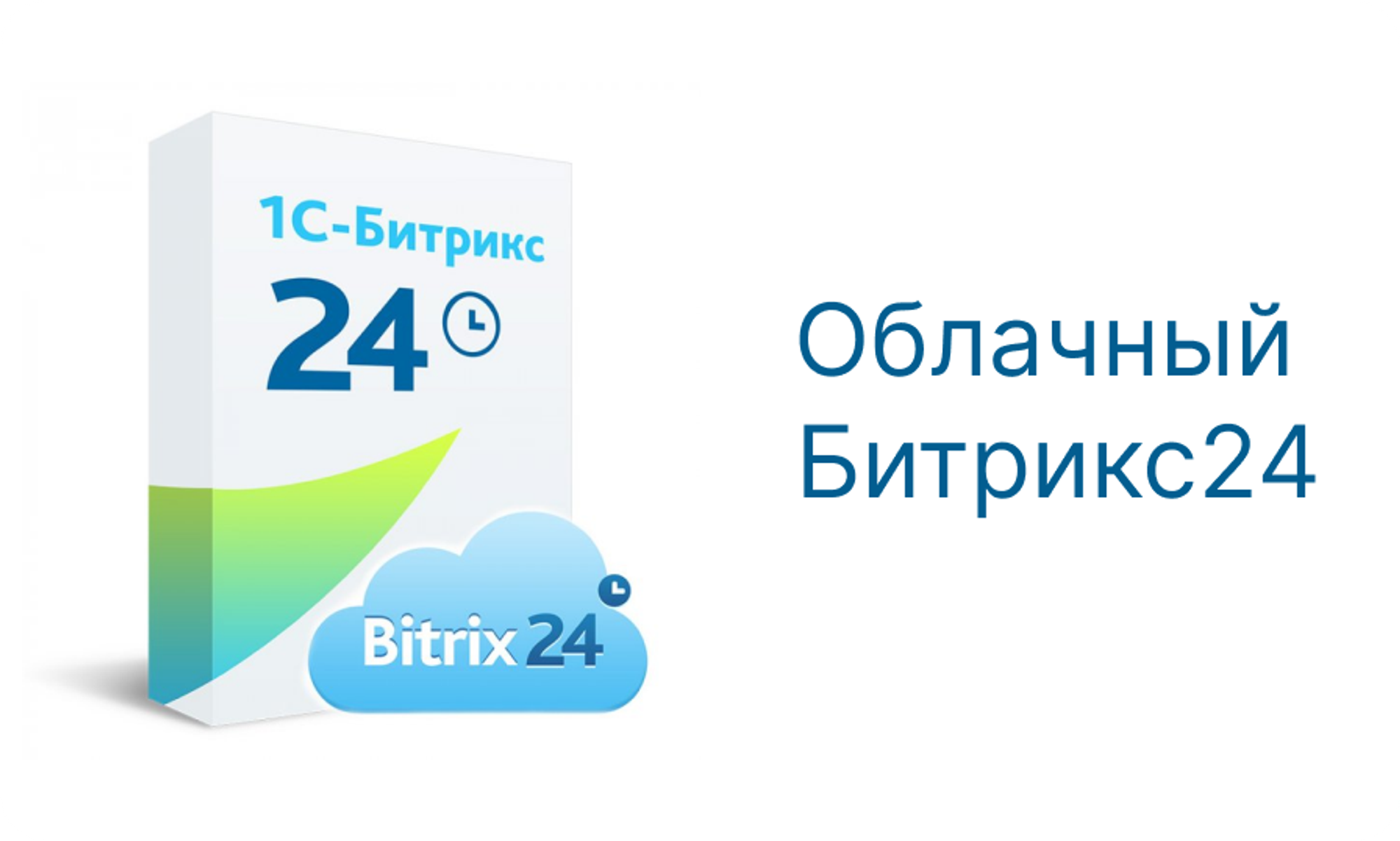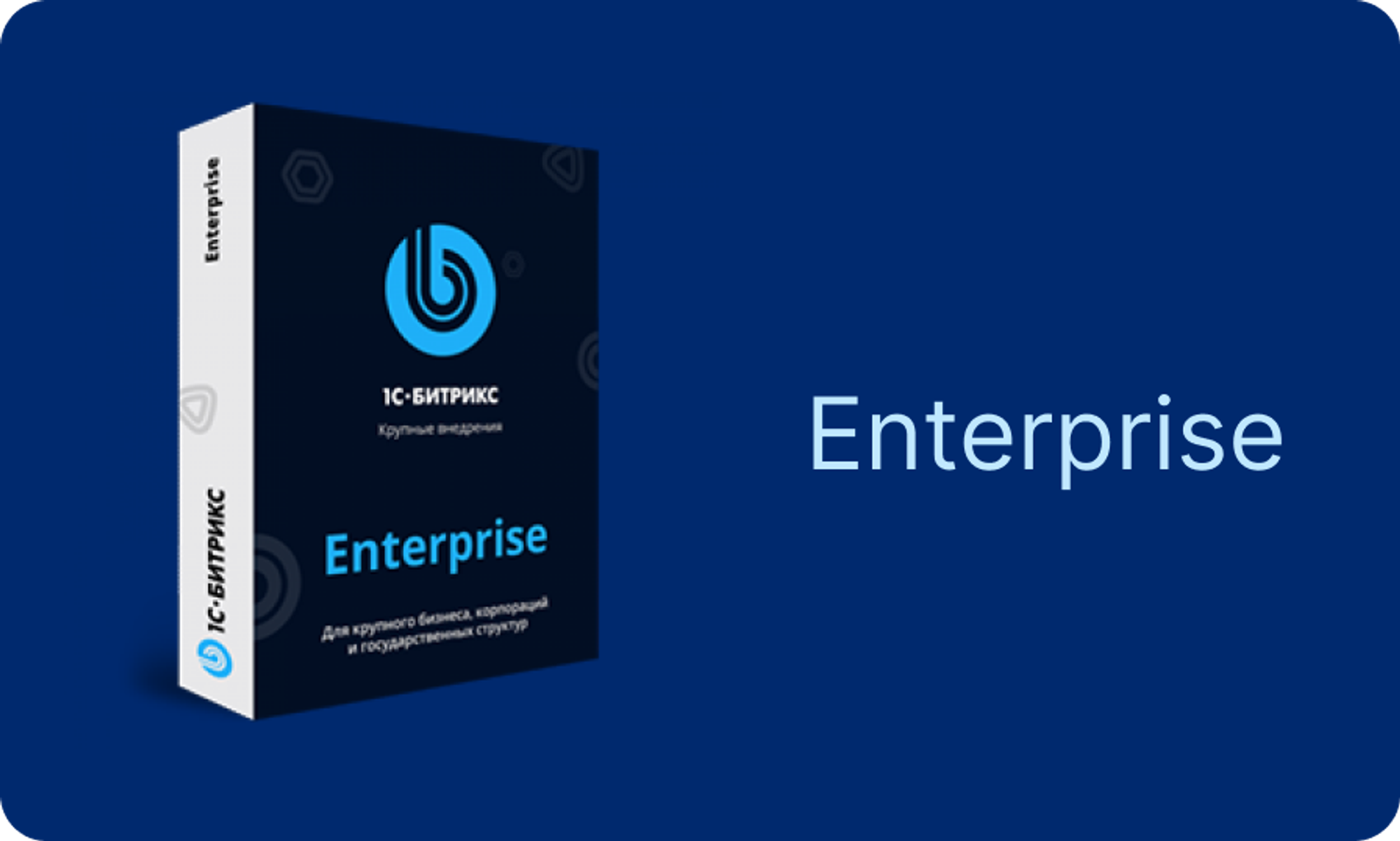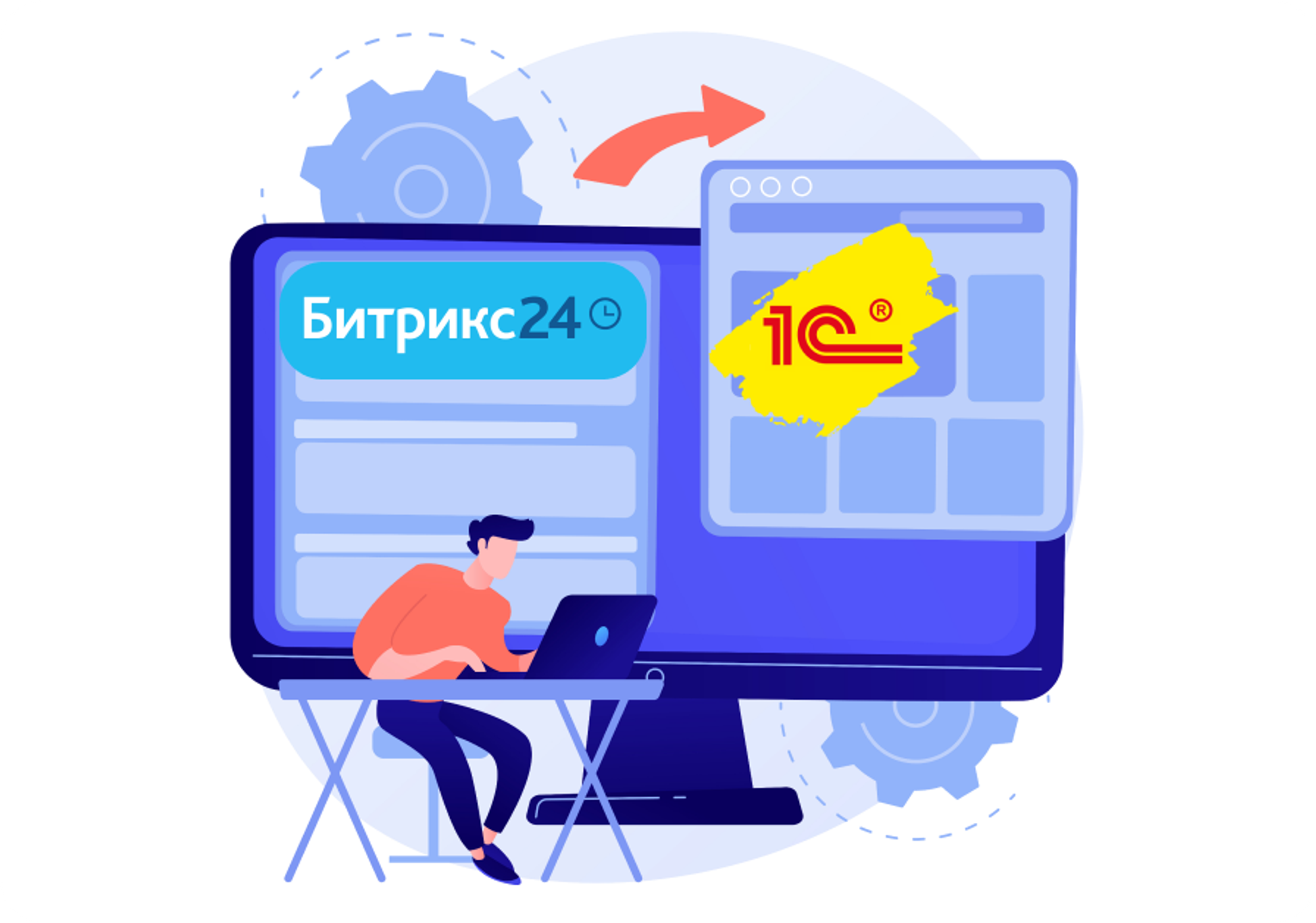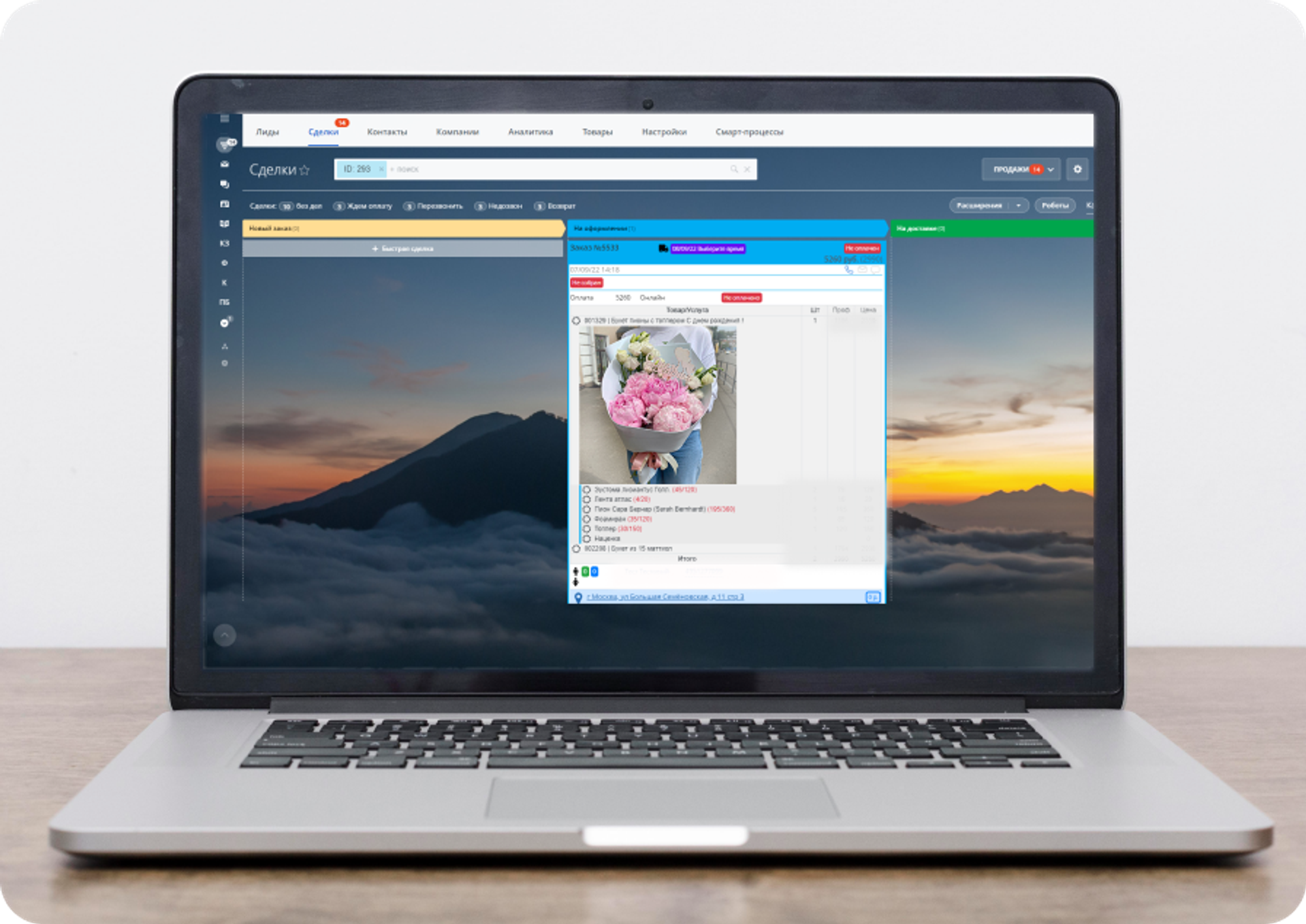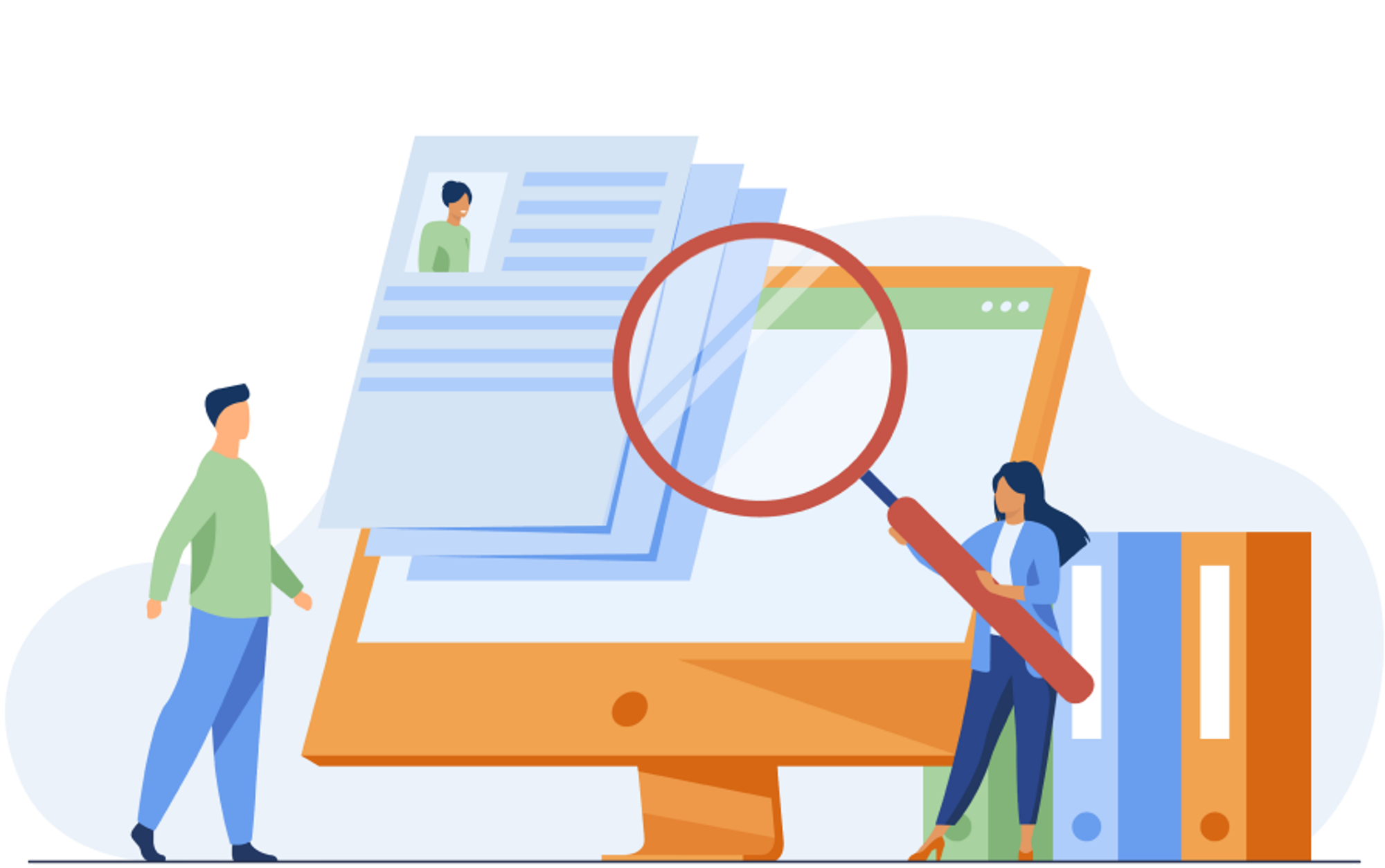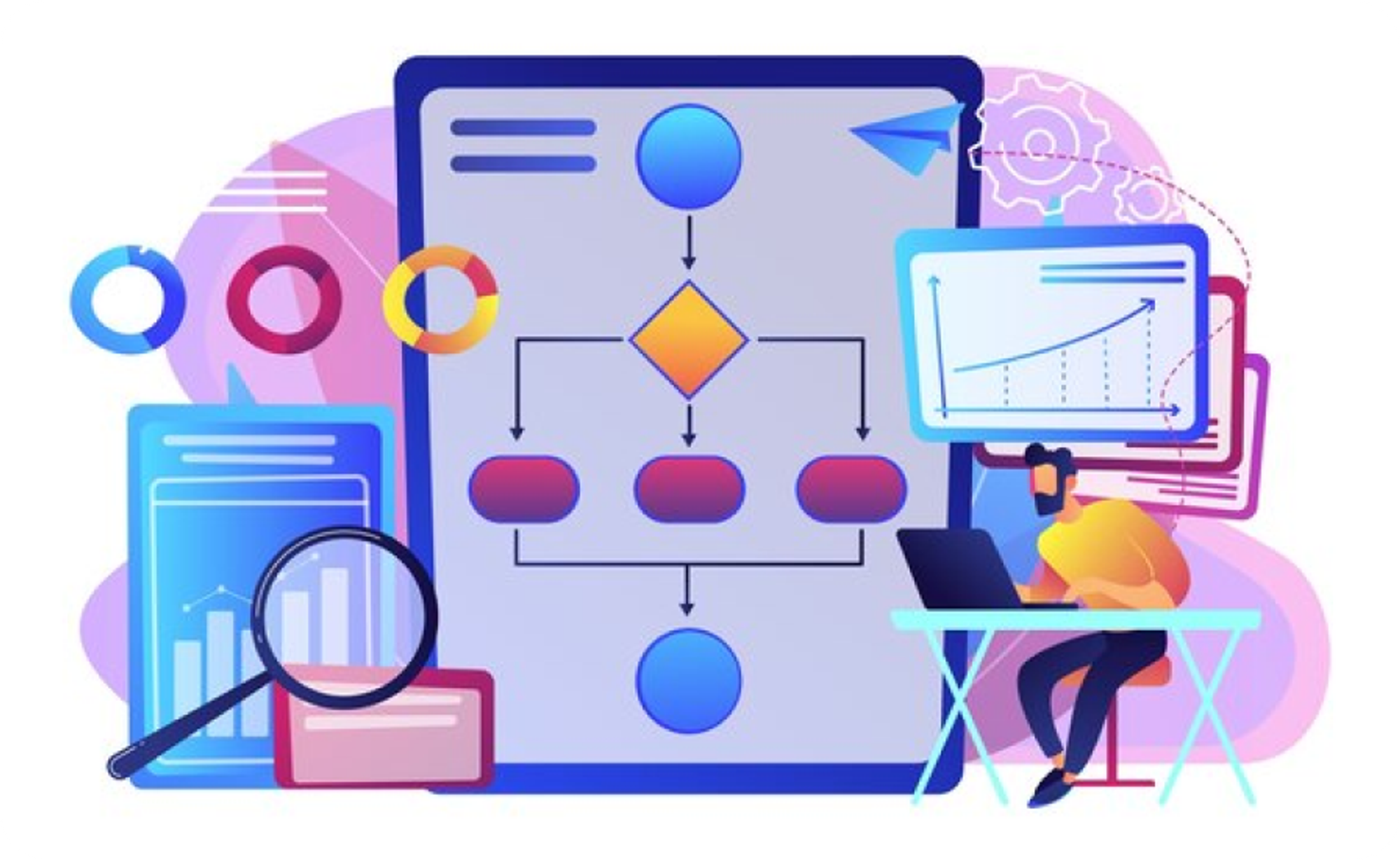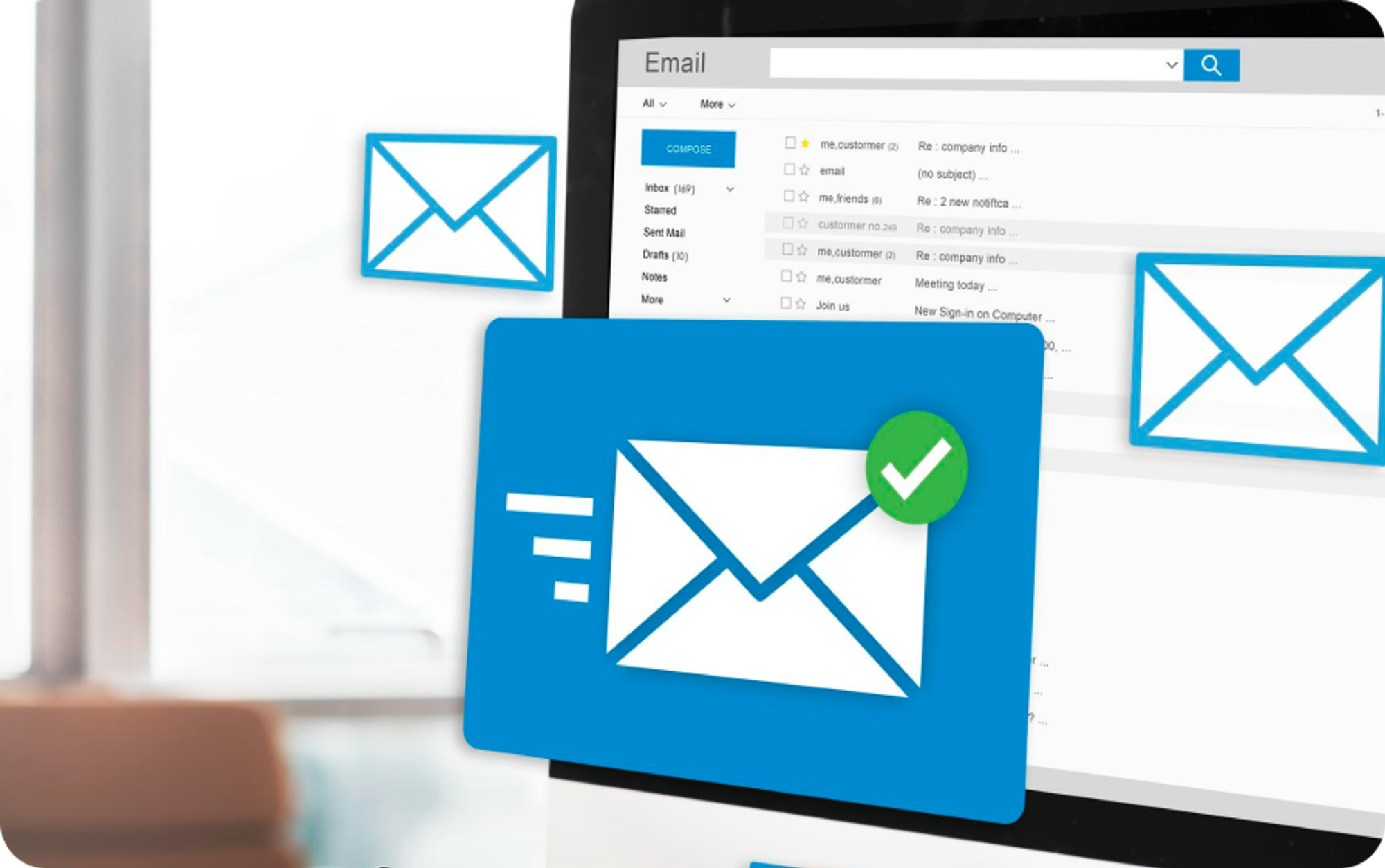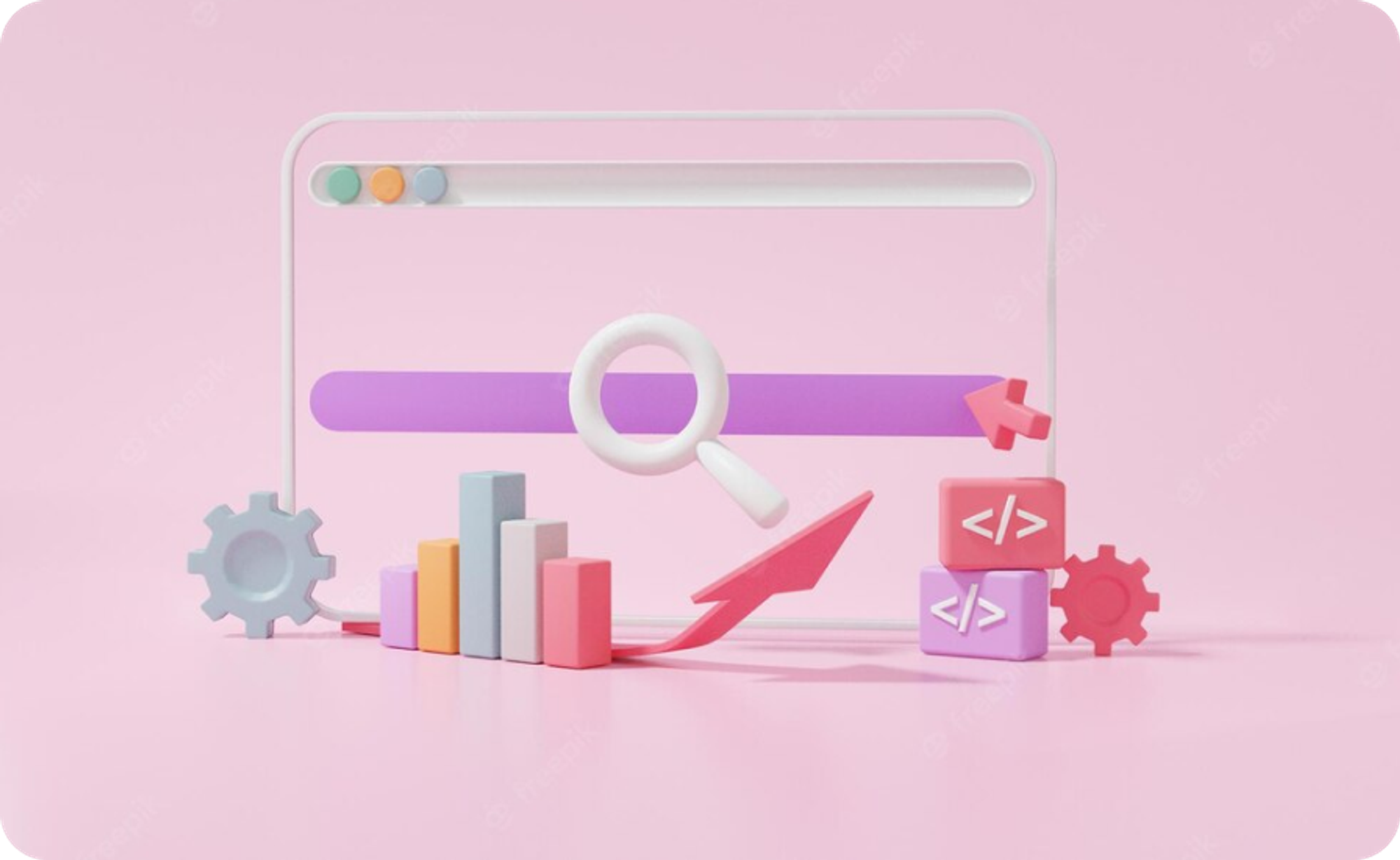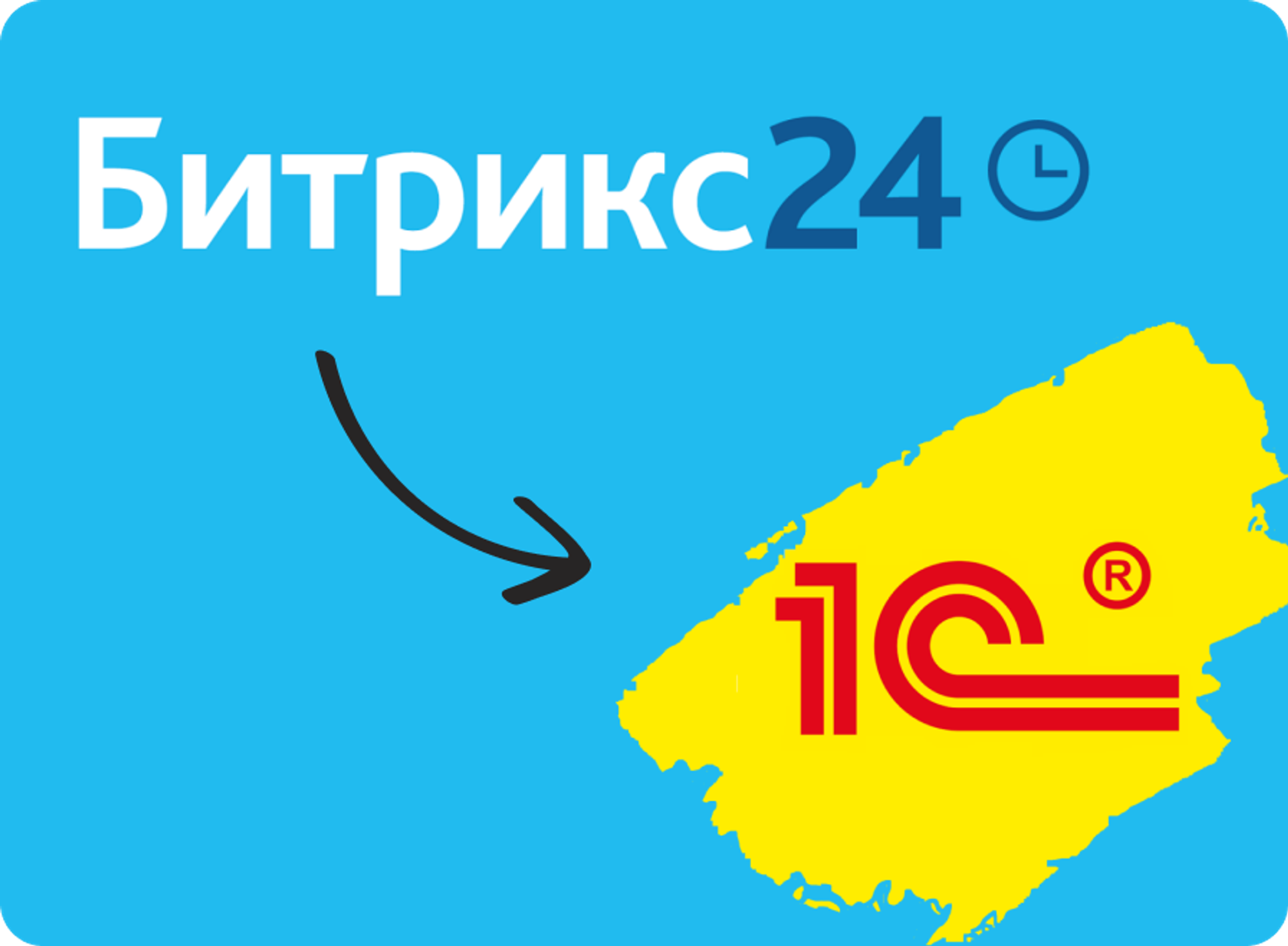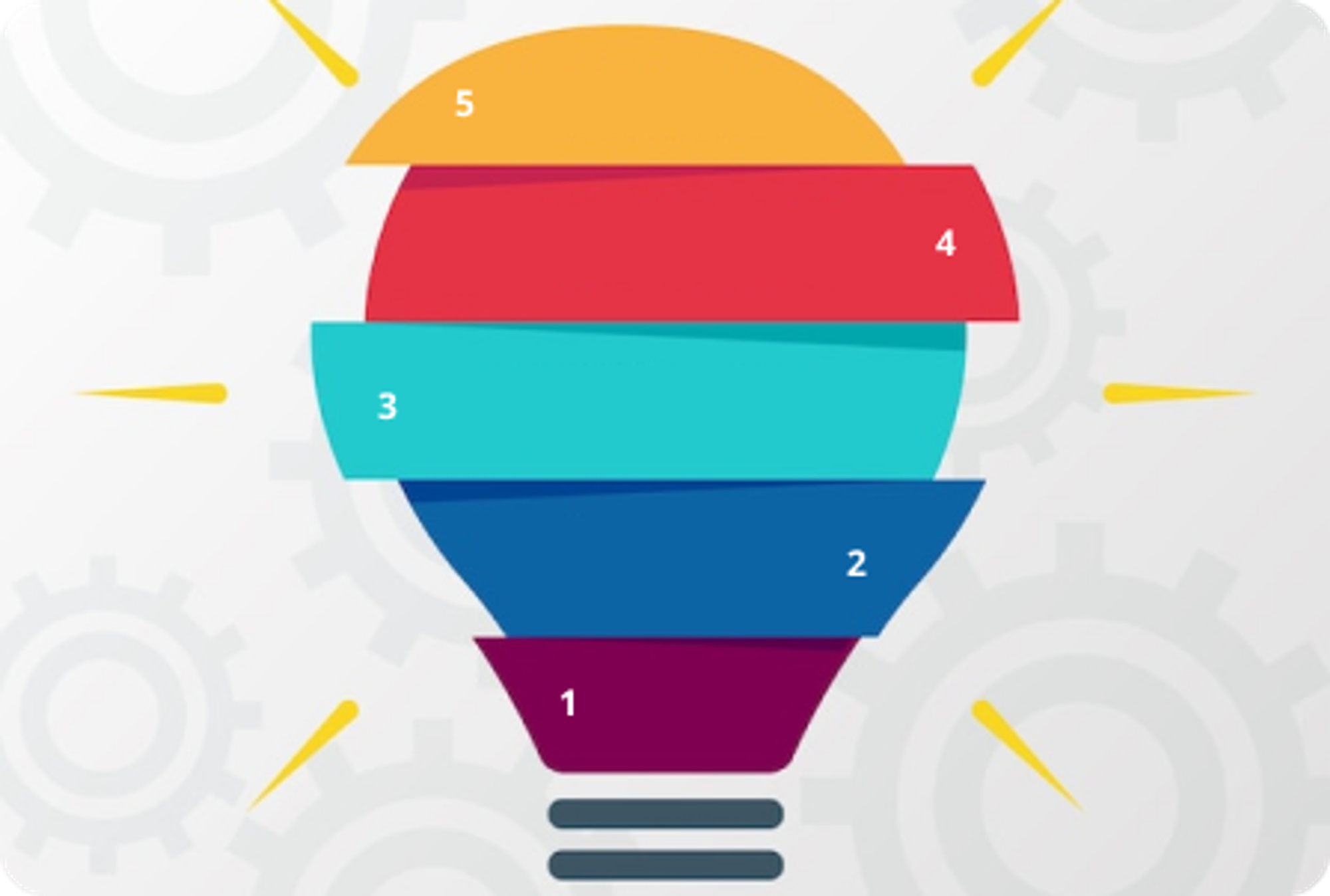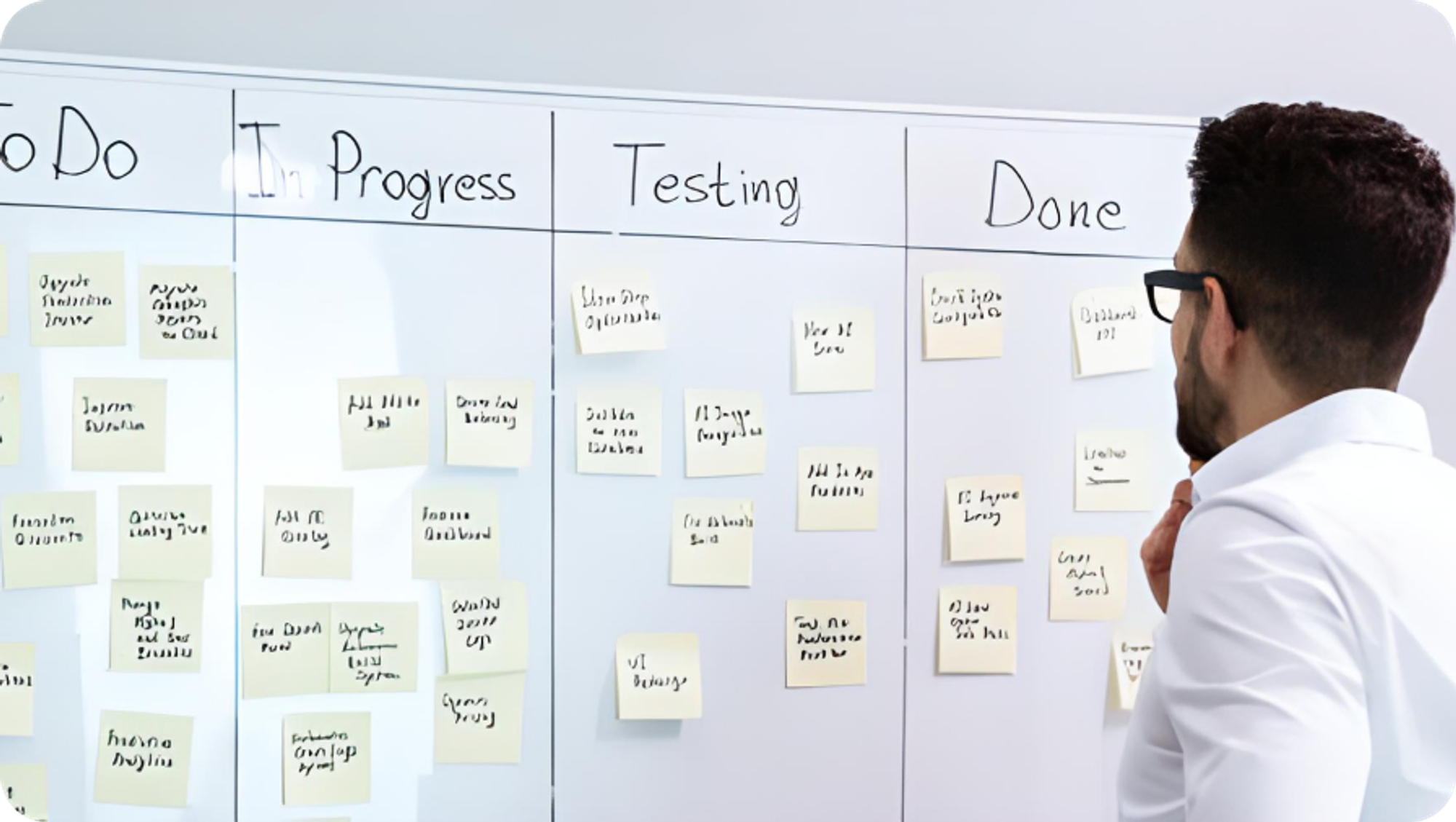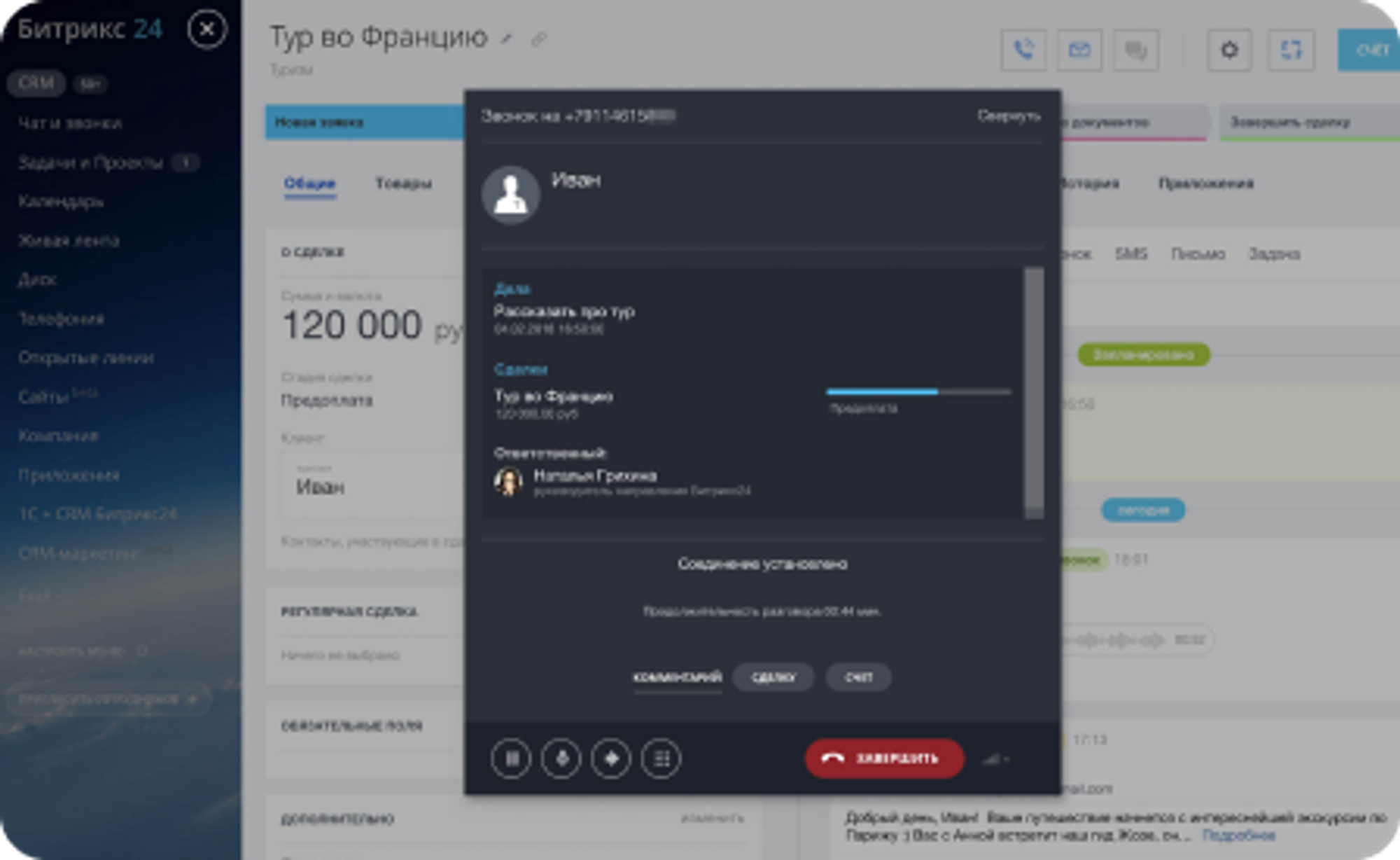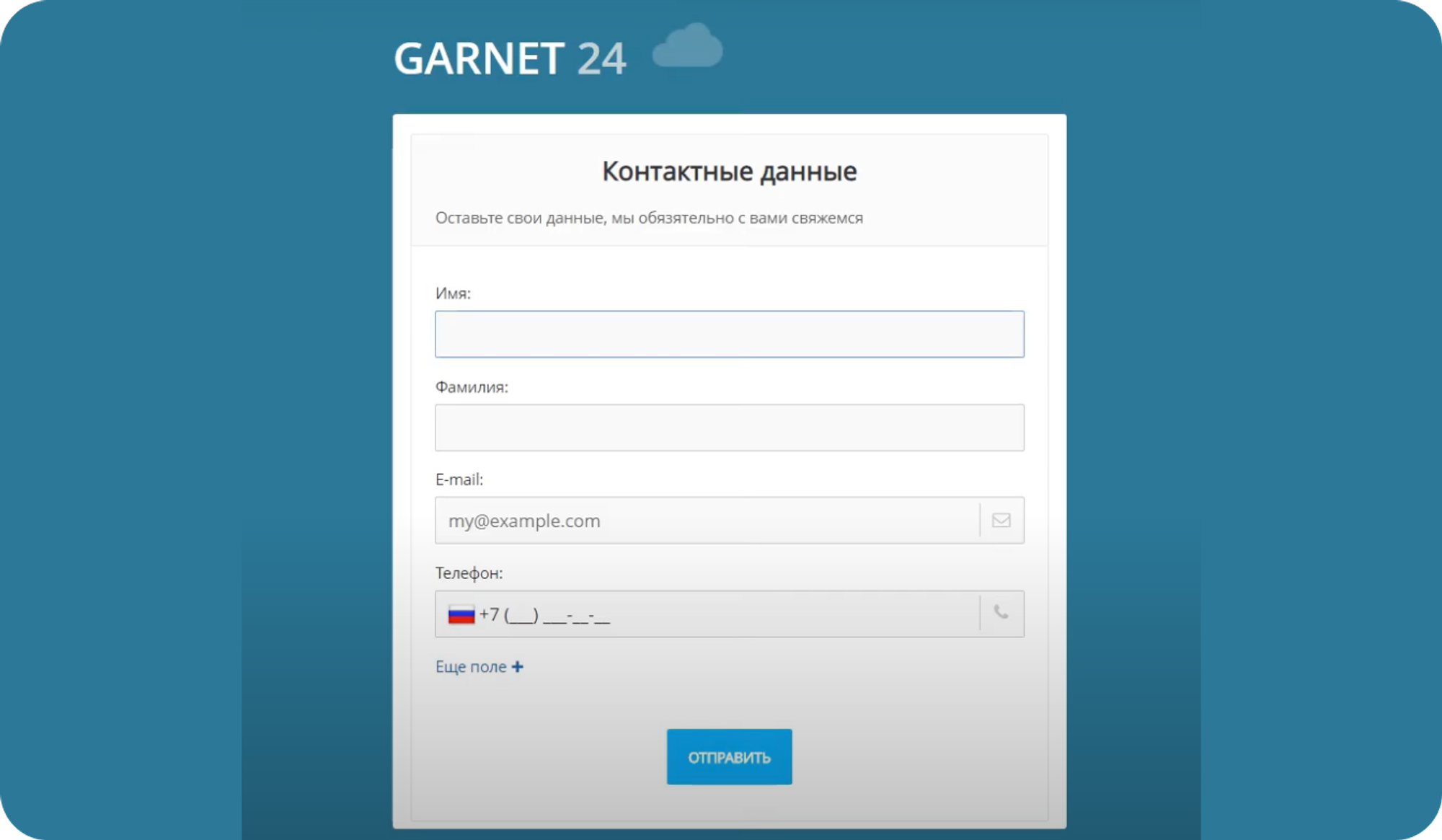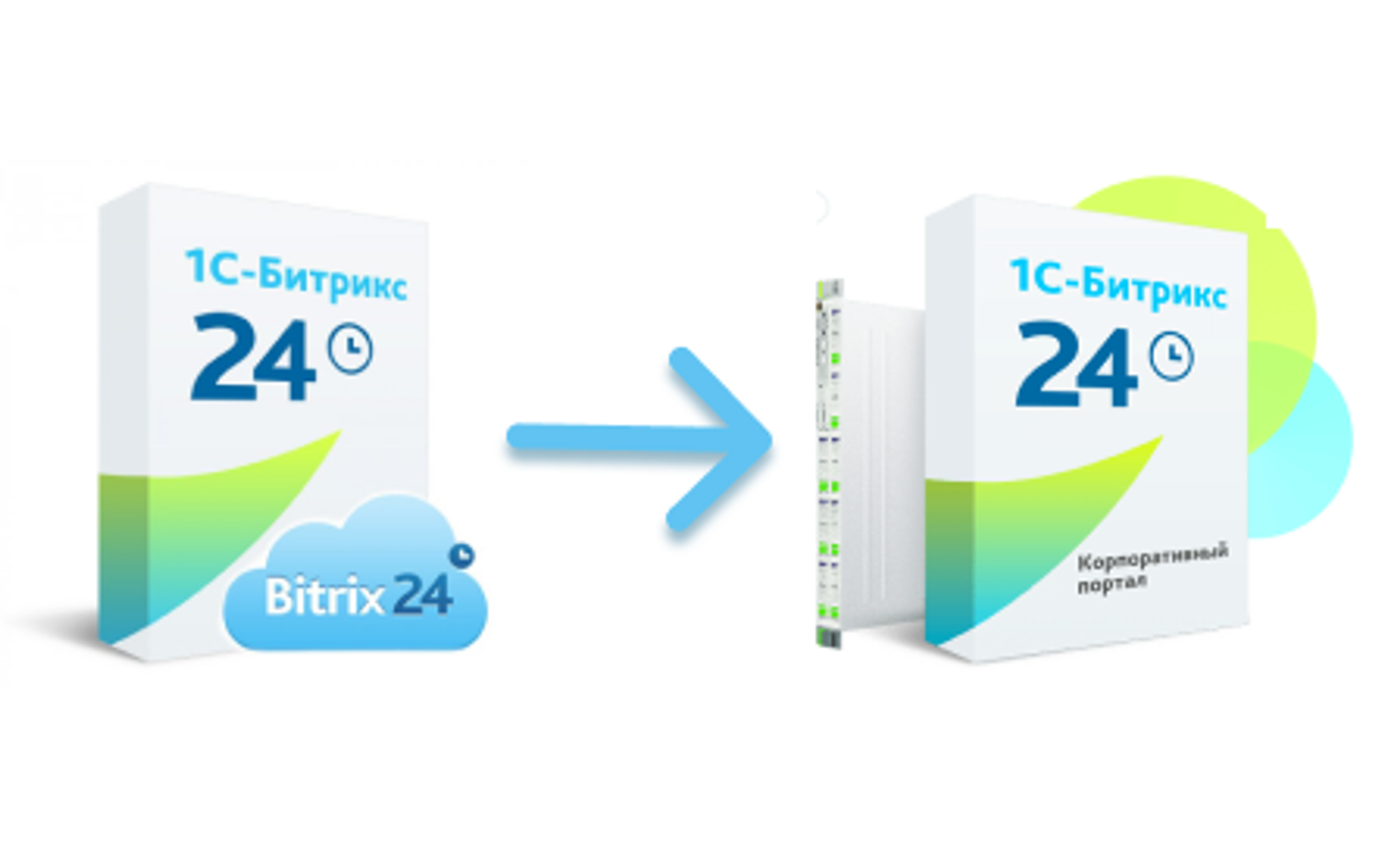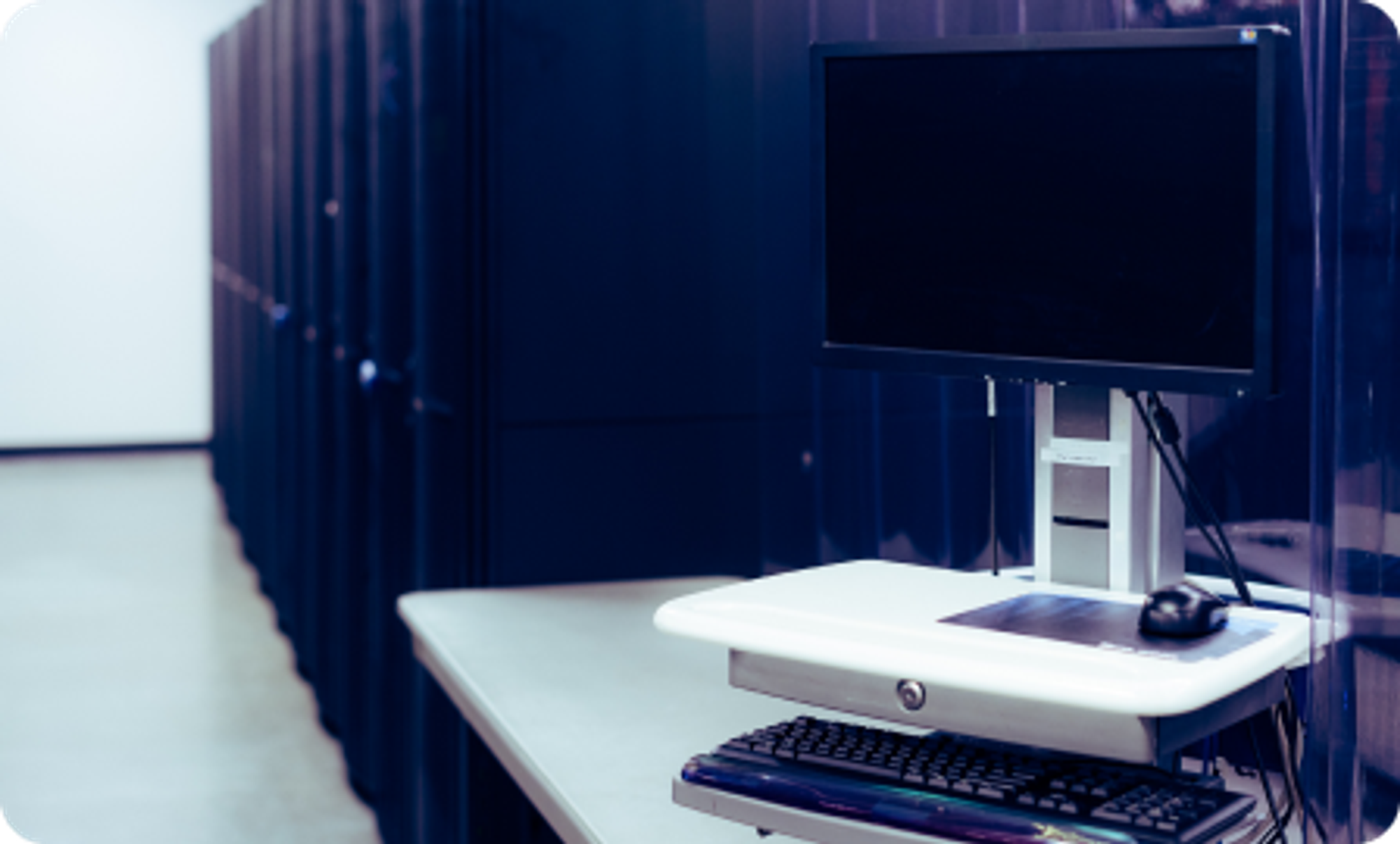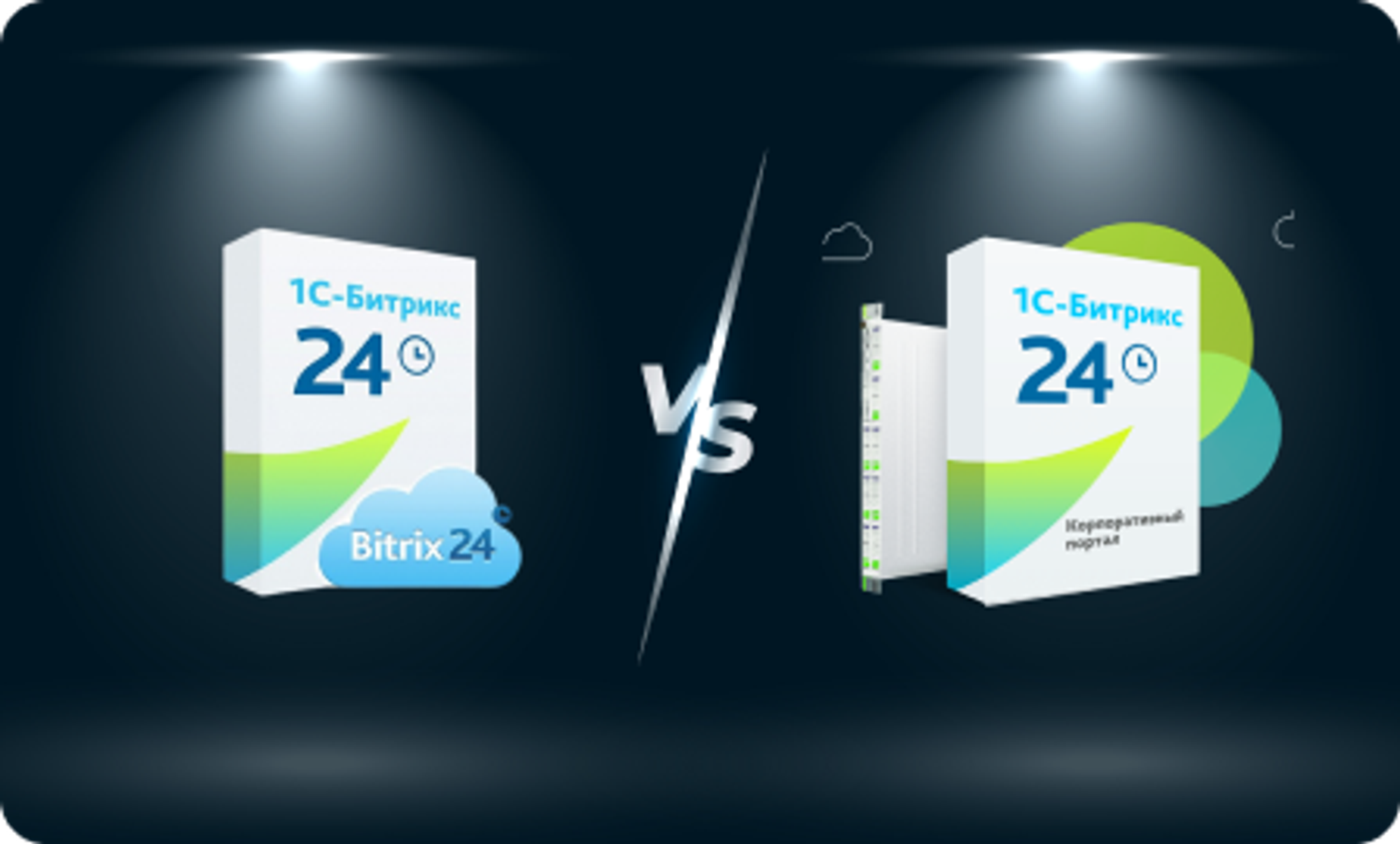
Автор статьи
Глеб Антоненко
In companies whose activities involve the production and sale of goods, one of the key tasks for business development is to build a coherent internal system.
It is necessary to organize and combine the work of different departments, starting with order acceptance in the sales department, transfer of the order to production, payment and organization of delivery through different logistics companies.
Since this process is quite extensive, it is necessary to prepare a workspace that will take into account all the technical nuances and coordinate the work between departments at each stage.
Such a system will help improve the level and quality of service, reduce costs and avoid errors in production.
Process of working with an order
A funnel is created in which the stages of work are set up and all departments and responsible employees are involved.
Work is carried out in a single window mode, which allows you to control the readiness of the order, and each employee receives tasks and knows what needs to be done. Let's take a closer look at the participation of each department:
Sales department
Stage “New order”
When the client places a new order, the manager is given the task “Get to work.”
This task automatically sets a deadline.
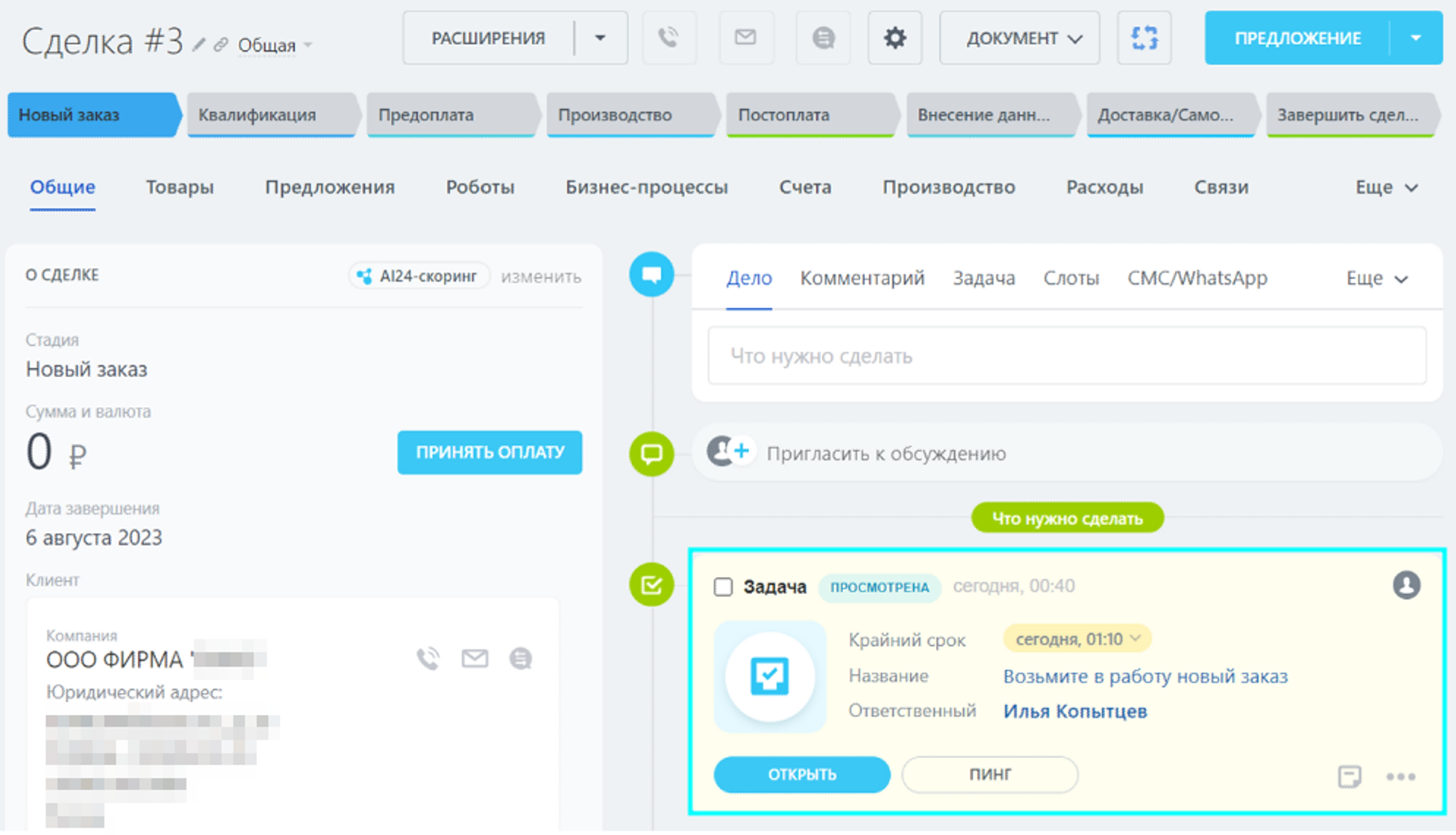
When the manager has communicated with the client, he completes the task and the transaction moves to the next stage.
Stage “Qualification”
The system prompts the manager to check and add information on the order (if they were not specified by the client)

Product items:
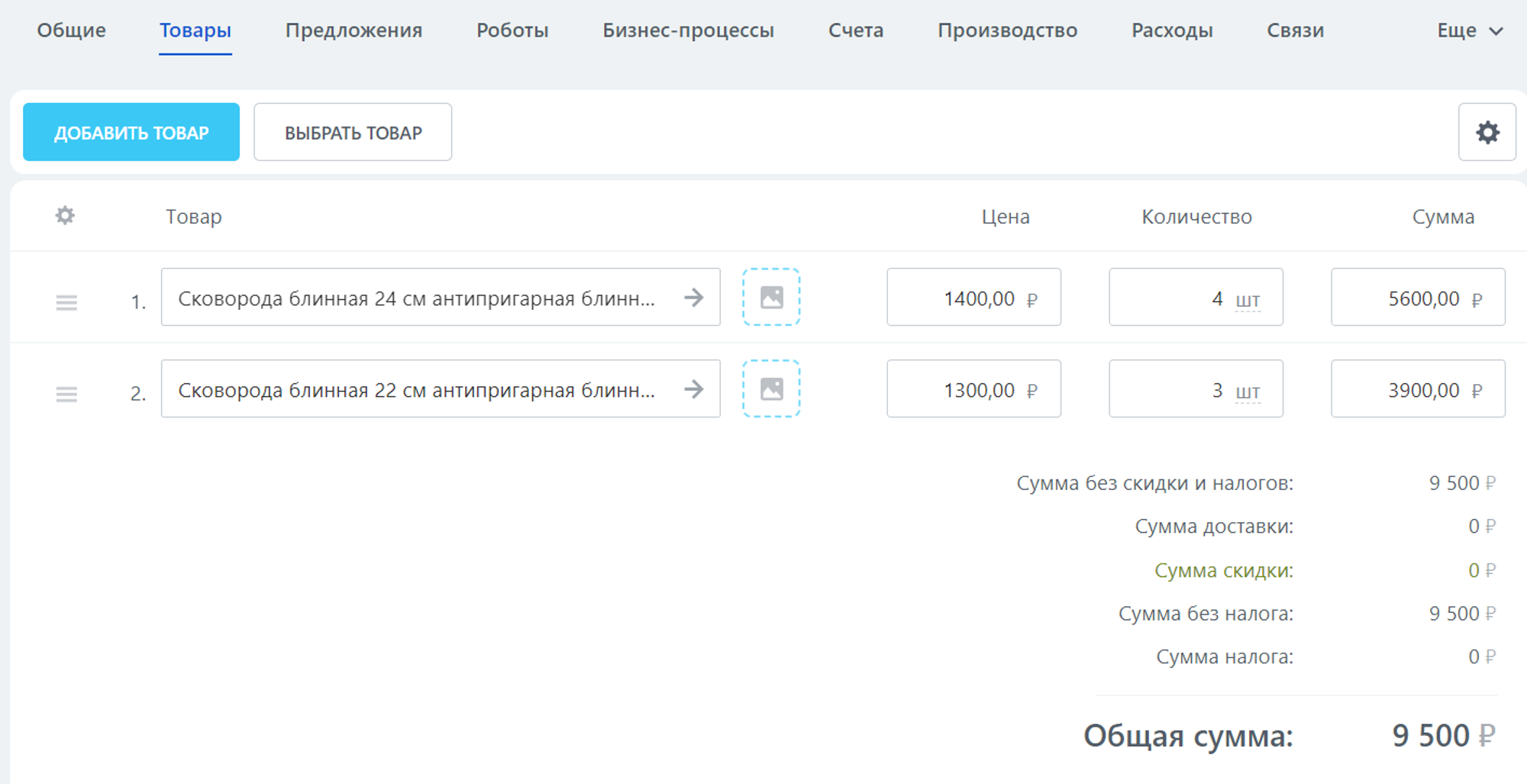
The manager clarifies the method of payment and delivery information during communication with the client:

Payment for the order
Payment options may be different: full prepayment, partial payment or postpayment.
If the client chooses the option:
- Full prepayment or Partial payment, the manager indicates the required amount in the Payment method field and transfers the transaction to the “Prepayment” stage
- Postpayment, the manager indicates the prepayment amount as 0 and transfers the transaction directly to the “Production” stage. When the goods are ready, an invoice will be issued at the “Postpayment” stage.
Stage “Prepayment”
After moving to this stage, an invoice is automatically generated from the Products. It can be sent to the client as a file or as a link to payment.The main thing is that the manager does not need to create an invoice manually; the system will do everything itself.
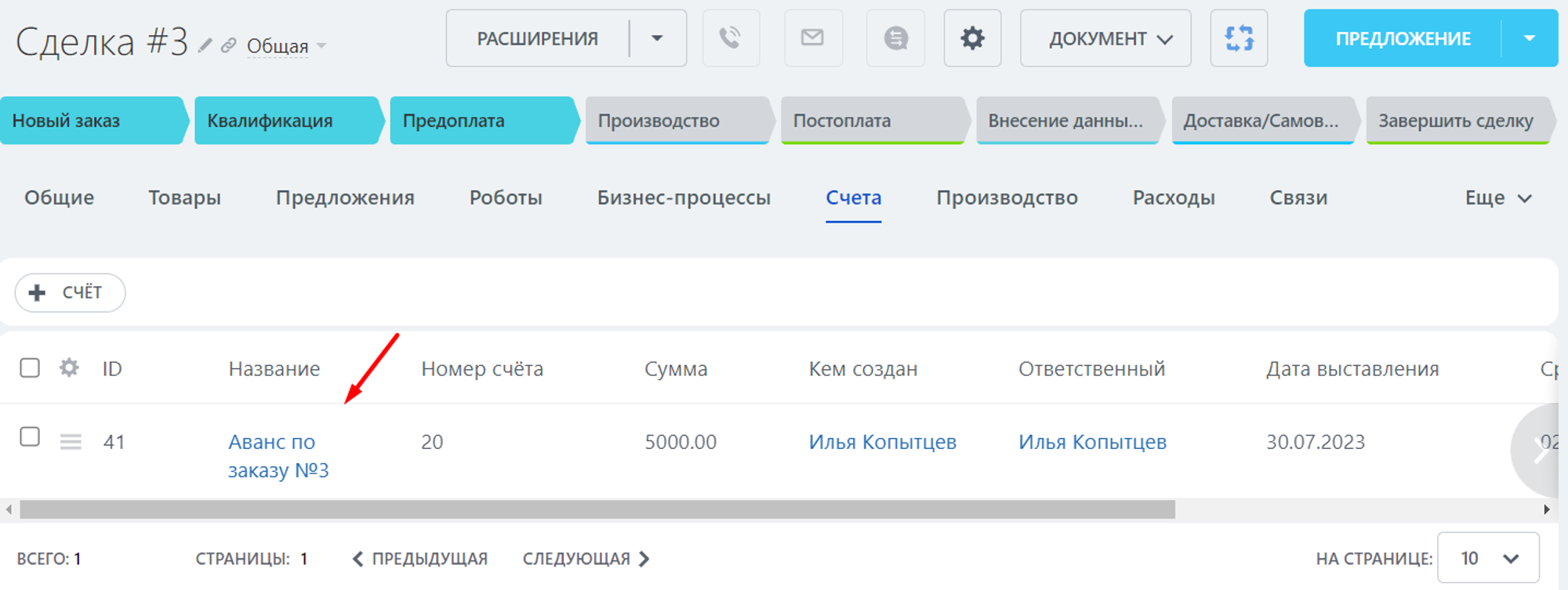
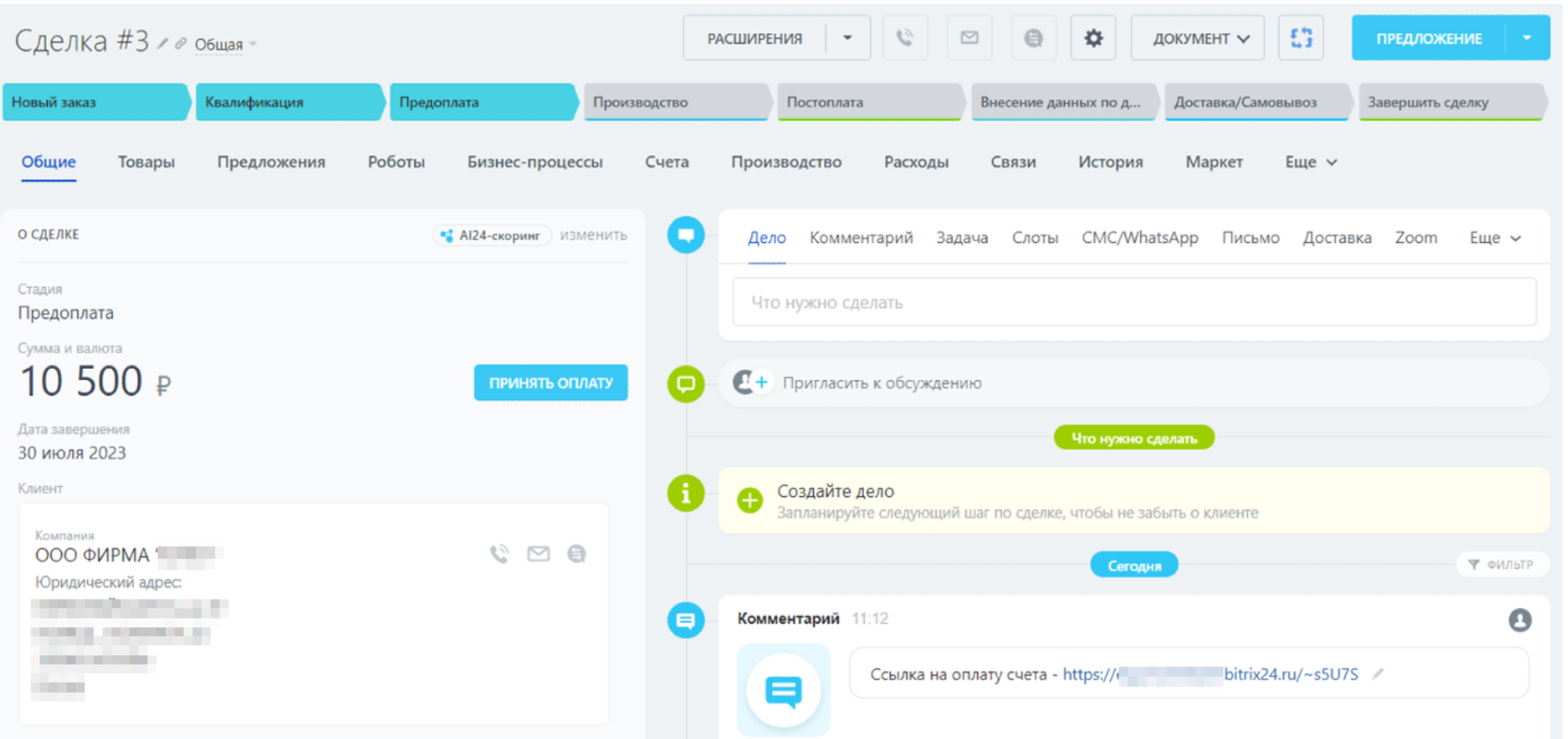
The fact of payment of the invoice can be verified in different ways:
- manually – the manager changes the invoice status stage to “Paid”
- integration with payment systems, for example CloudPayments, the stage will change automatically
- integration with 1C – the payment stage is transferred to Bitrix24

After paying the invoice, the order is transferred to production and the debt on the order is automatically calculated.
Production
Stage “Production”
Several actions occur in parallel here:
- The order is generated and transferred directly to production
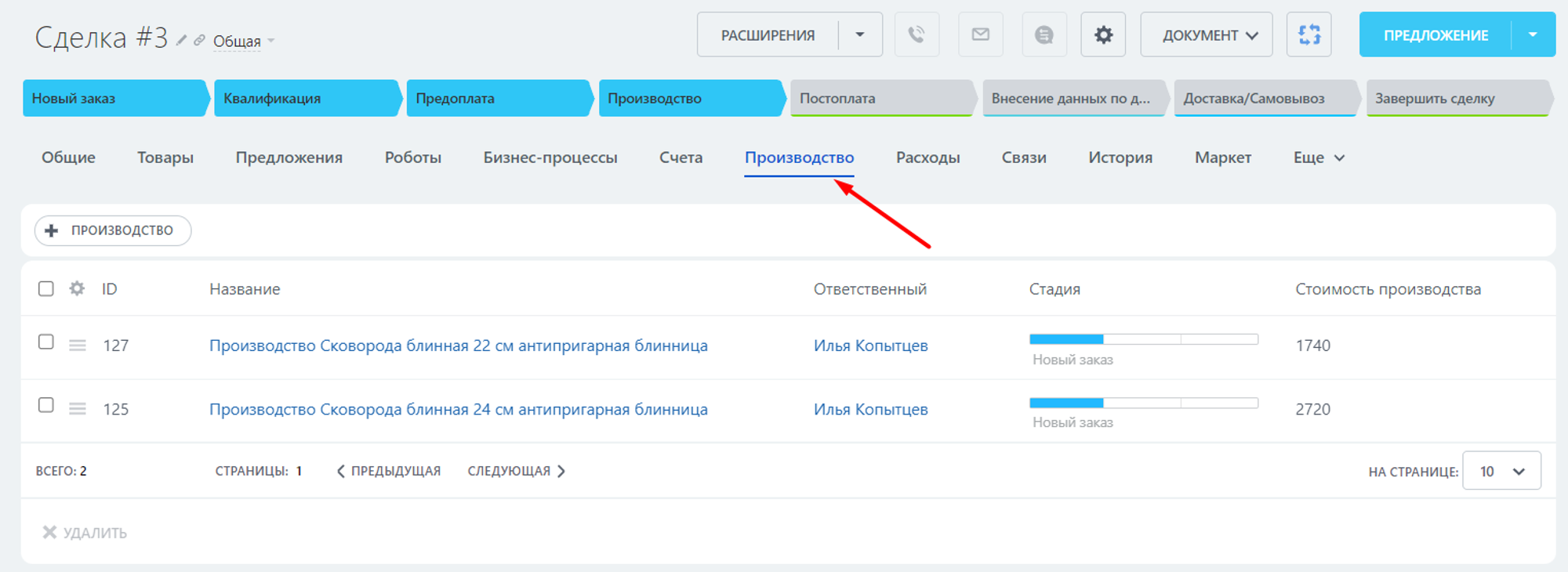
- The production cost of each product is calculated
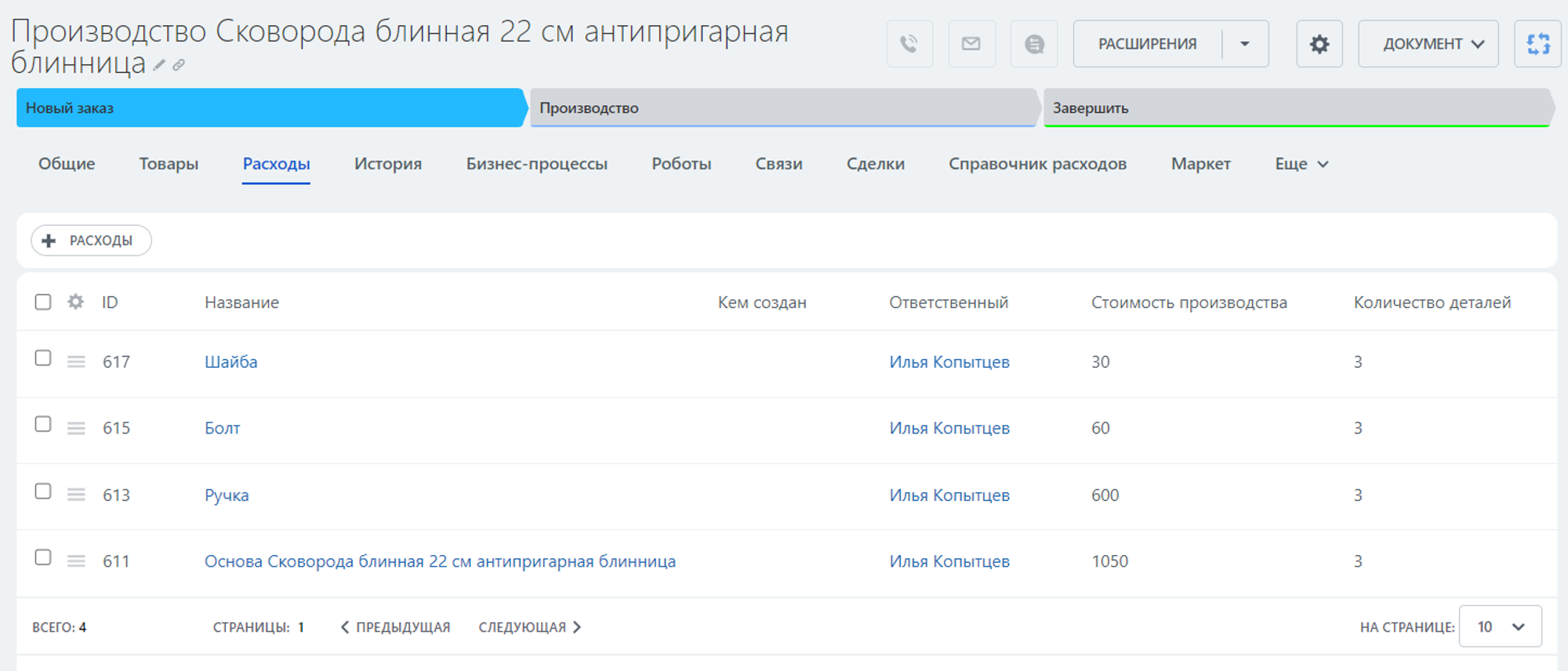
- Marginality is calculated
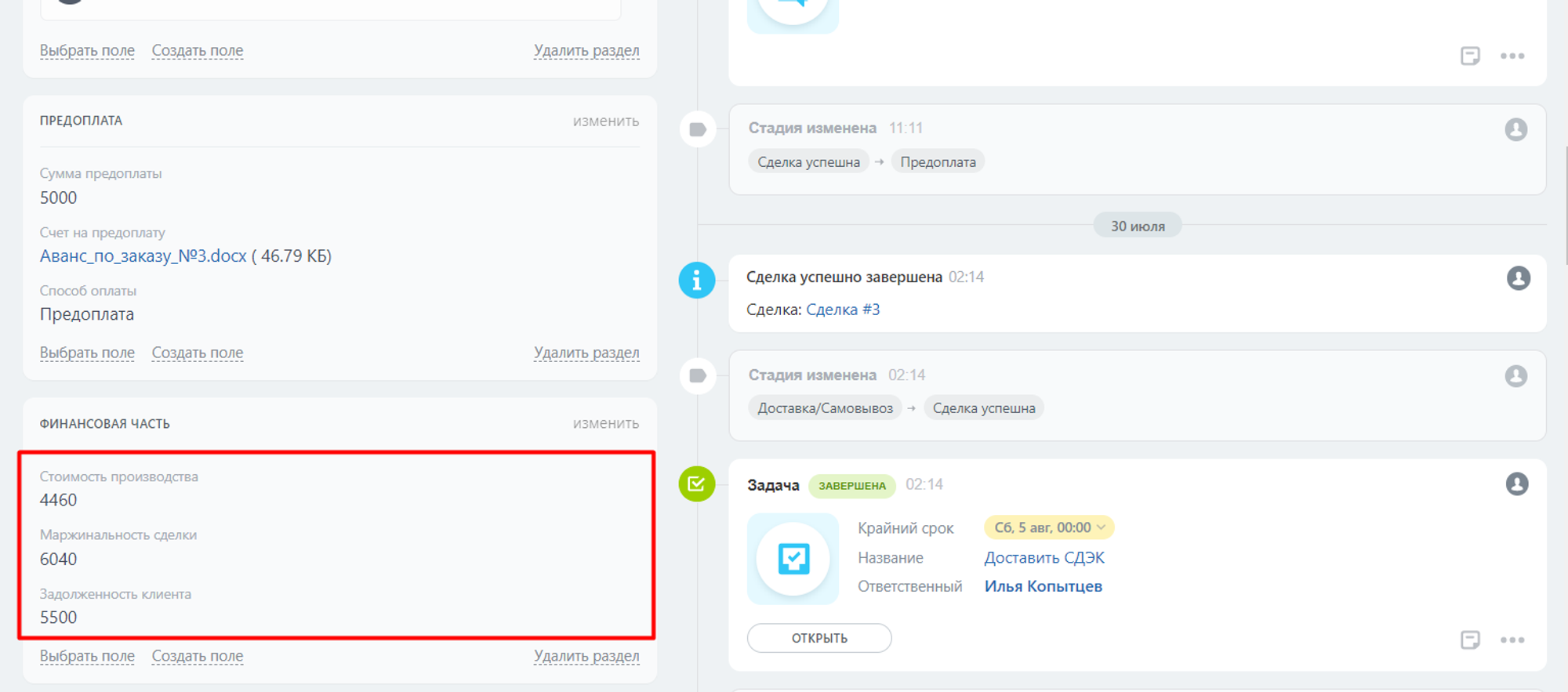
Manufacturing of goods
The responsible employee at the production site receives a task that contains a link to all the details of the order and the deadline for completing the order.
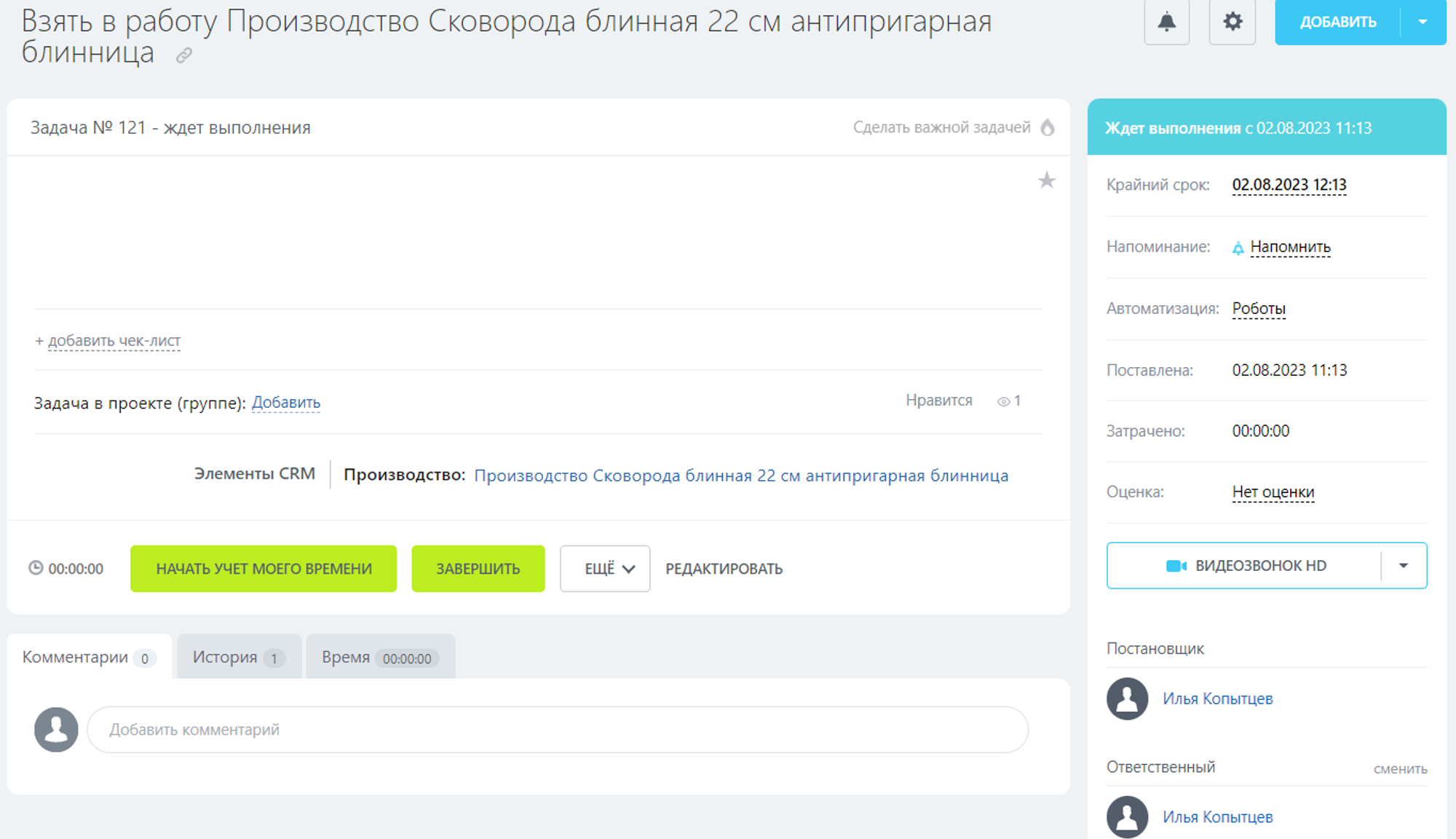
After completing a task, the status of the order changes, which allows the manager to always see up-to-date information and the production department to concentrate on their work.
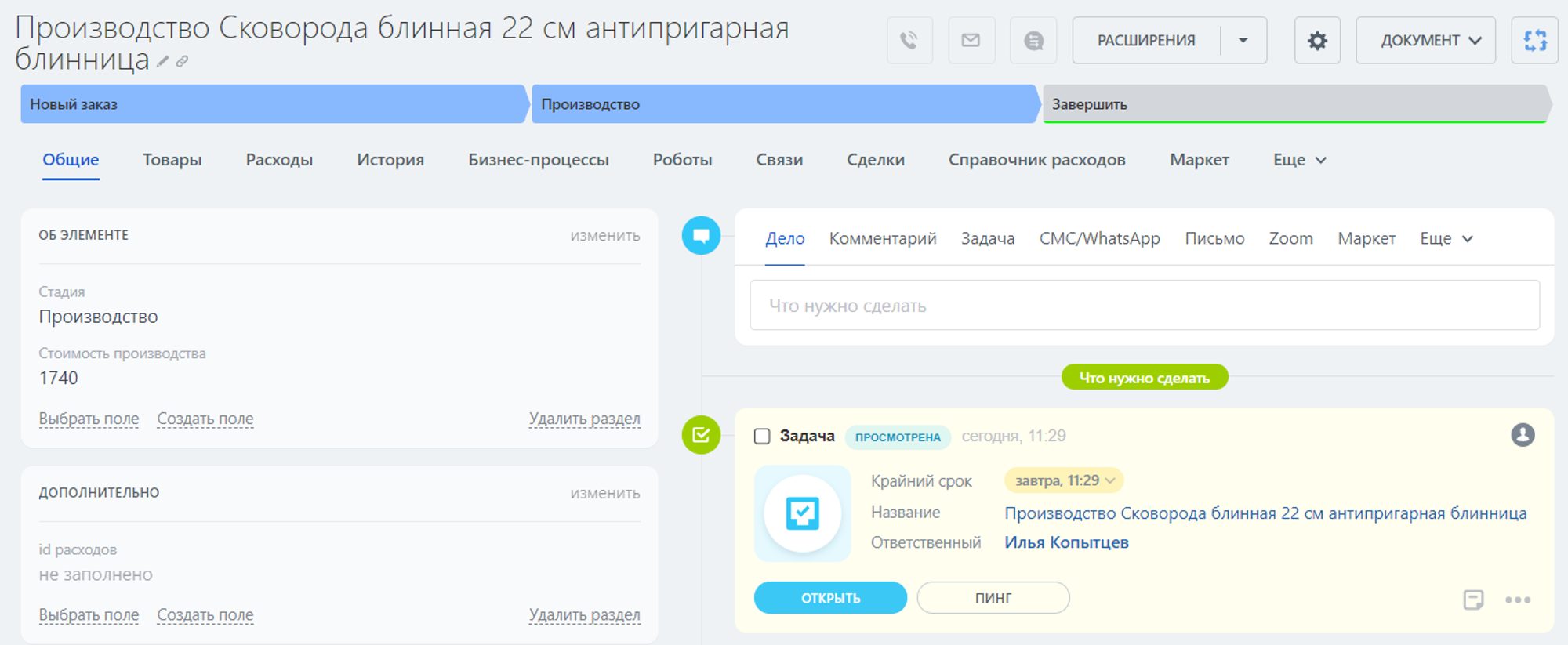
After the goods are manufactured, the status changes to “Successful”

In the main transaction, this information is recorded in the form of a comment, which can be sent to the client.

The system checks the readiness of all goods from the order and, if all of them are completed, it moves either to the “Postpayment” stage, if the order has not yet been fully paid, or to the “Entering delivery data” stage.
“Postpayment” stage
Here the system automatically creates an invoice and sends it to the client in the form of a file or a link to payment.

Once payment is received, the transaction moves to the next stage
Logistics
Stage “Entering delivery data”

The manager enters the information and clicks “Save”. He can also make a comment on delivery, which will be recorded in the transaction.

Stage “Delivery/Pickup”
Delivery information and the date of shipment are recorded in the transaction and can be sent to the client in any convenient way.

The logistics department receives a task for order delivery with all the order details. The task specifies the person responsible and the deadline for completion.
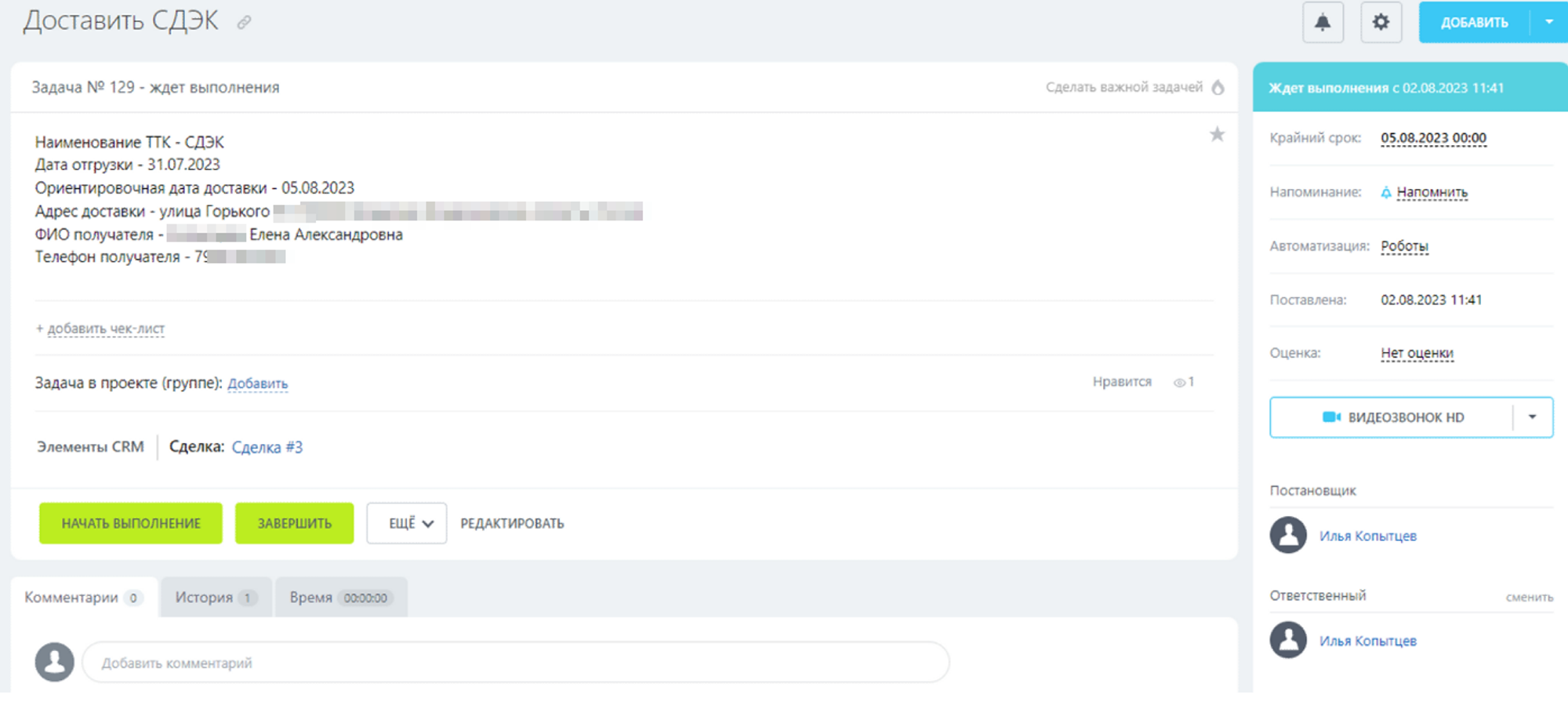
After completing this task, the transaction moves to the “Successful” stage.

Pros of this system
A clearly structured process of interaction between departments reduces time and eliminates unnecessary actions. Each employee has their own role and tasks.
Transparency and coordination make it easy to track every stage of customer communication, production and delivery.
Effective interaction with customers allows you to process orders in a timely manner, which increases the level of loyalty to the company and attracts new customers through recommendations.
It becomes possible to automatically notify the client about the need for payment, completion of the order in production, and inform about delivery.
All orders are completed on time, and in the event of force majeure, the manager will always be in the know and will be able to solve the problem situation in advance.
The marginality of transactions and the cost of production are controlled, which will be useful in assessing the profitability of a product.
Have questions or need to find a solution to Your problem?
Leave a request by filling out the feedback form. Our expert will contact you as soon as possible


